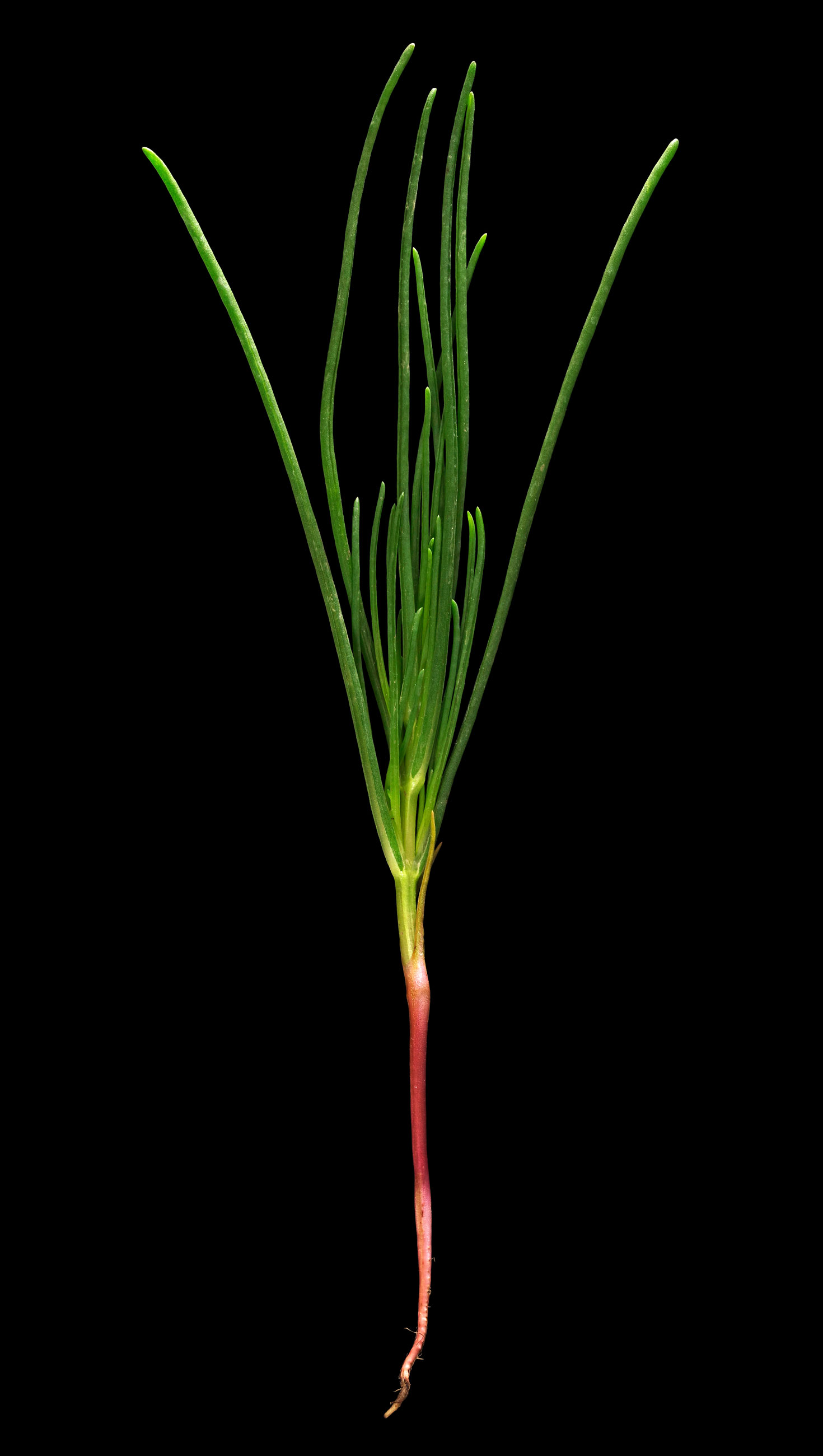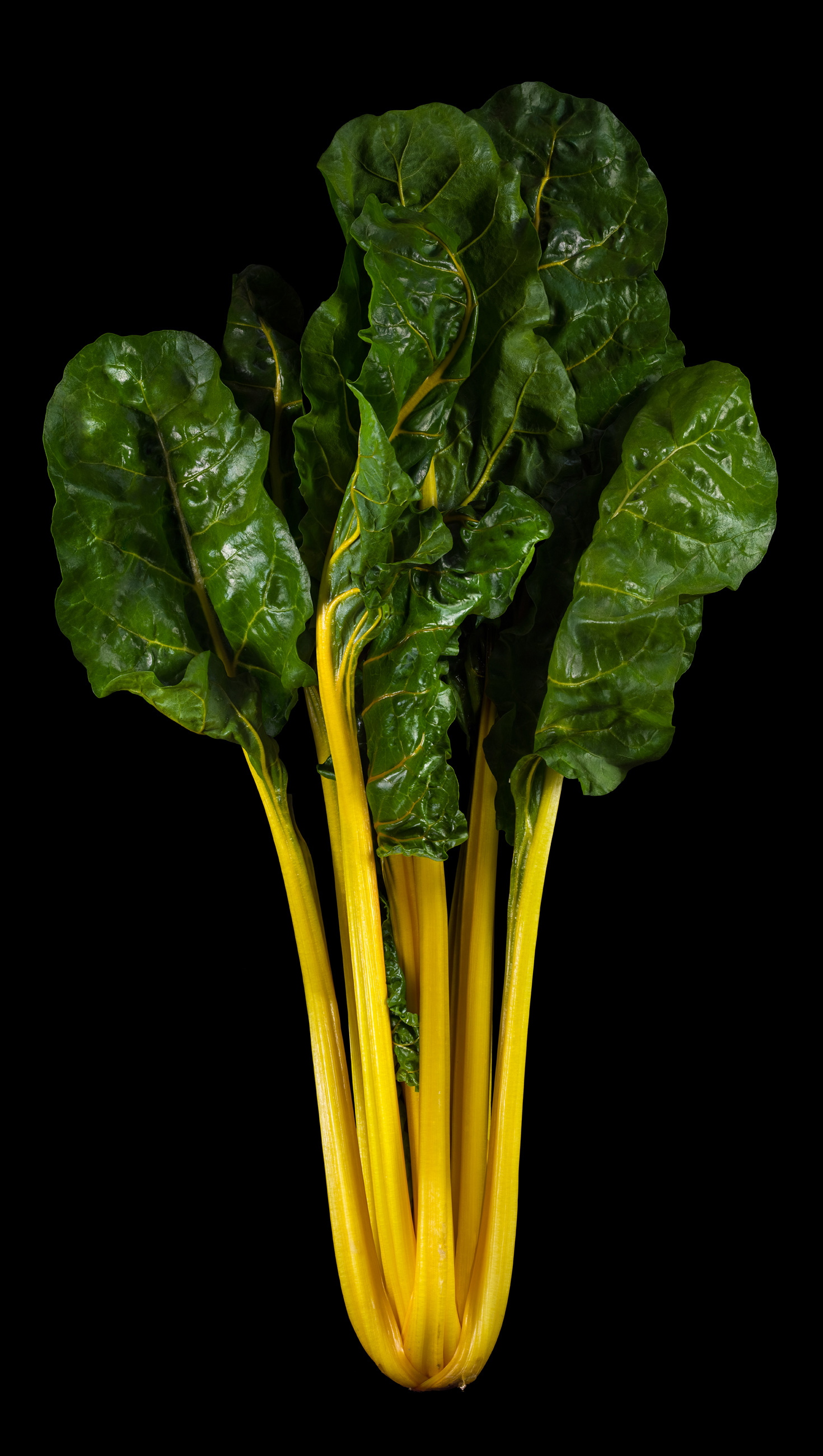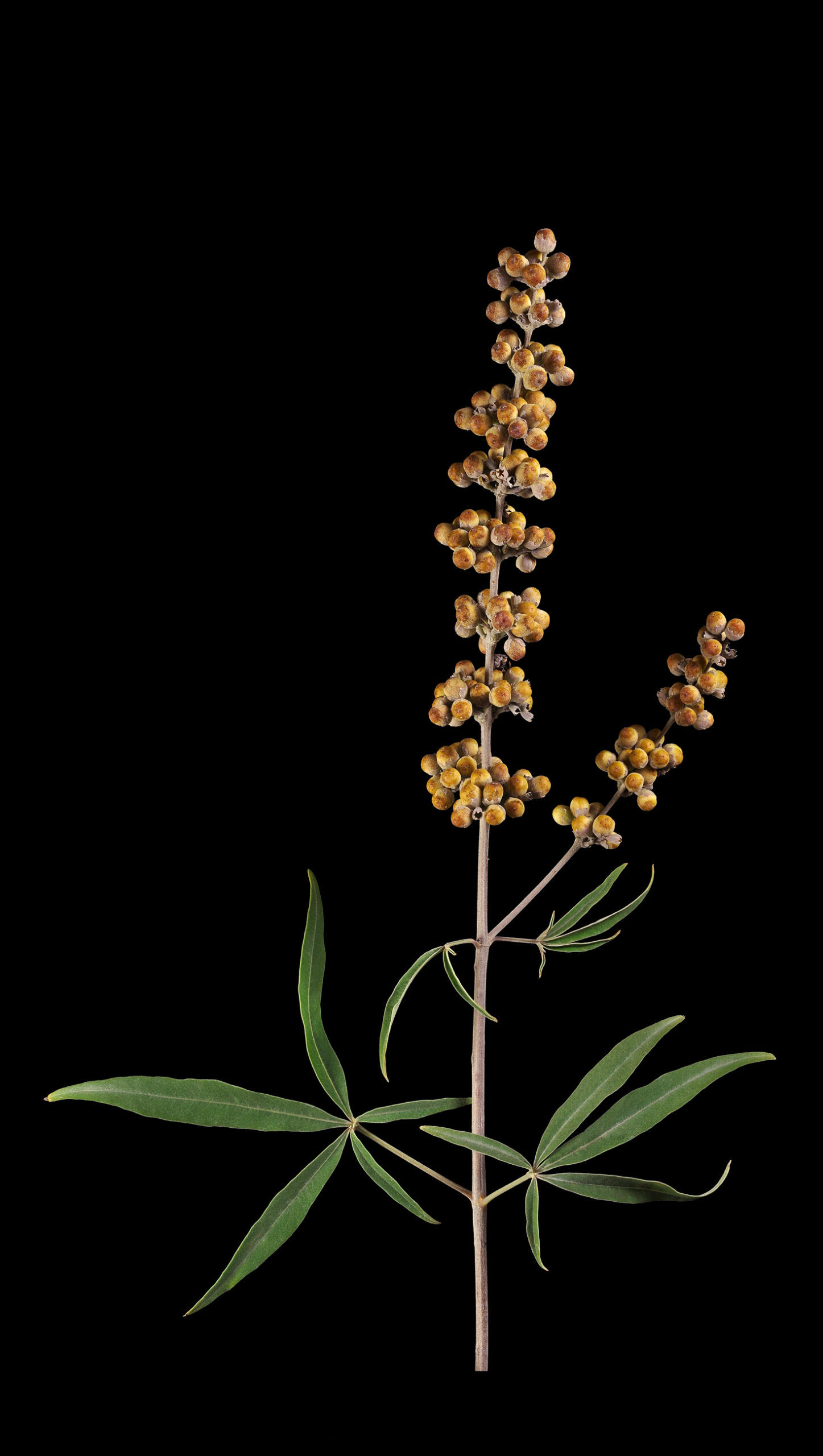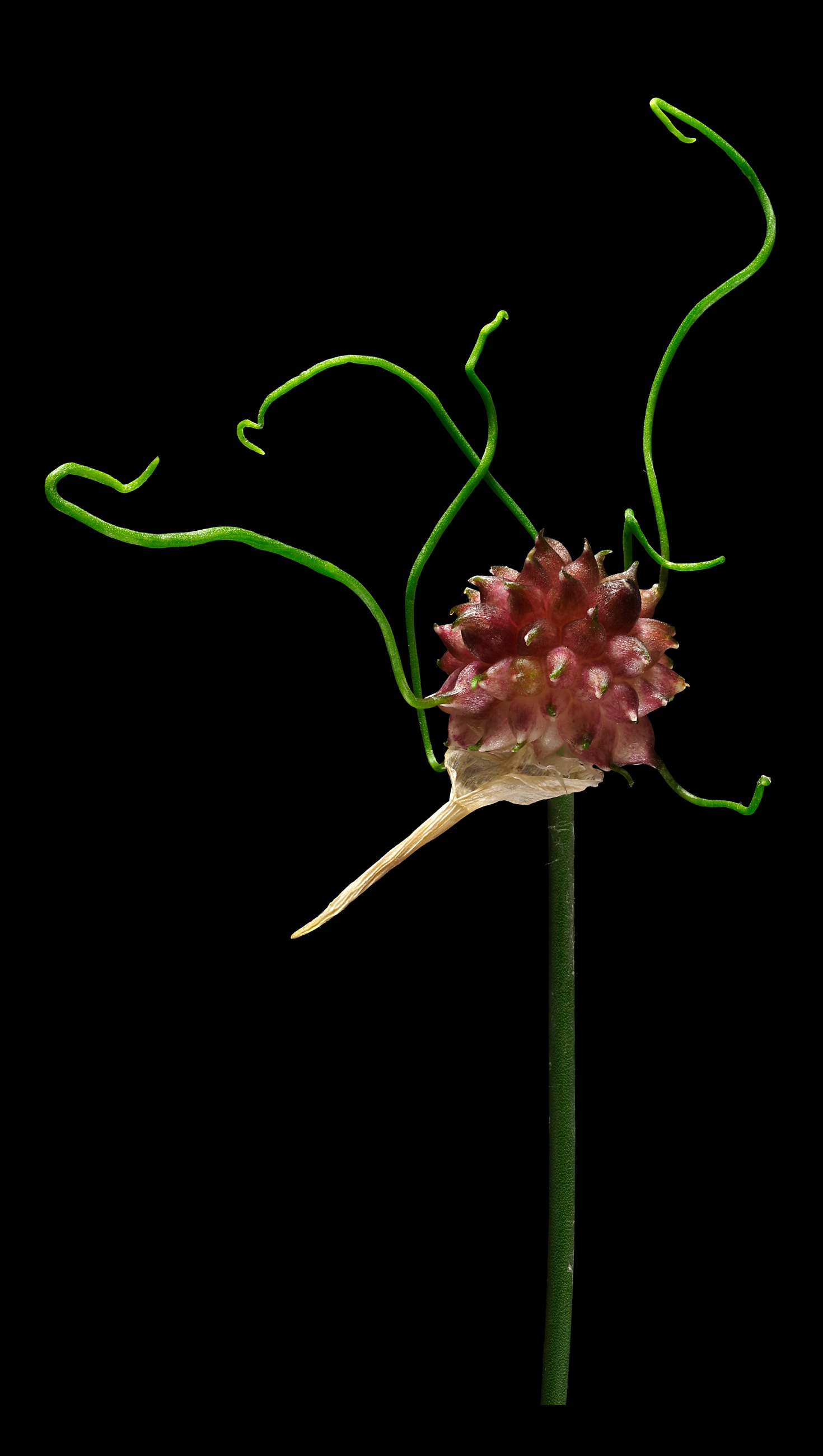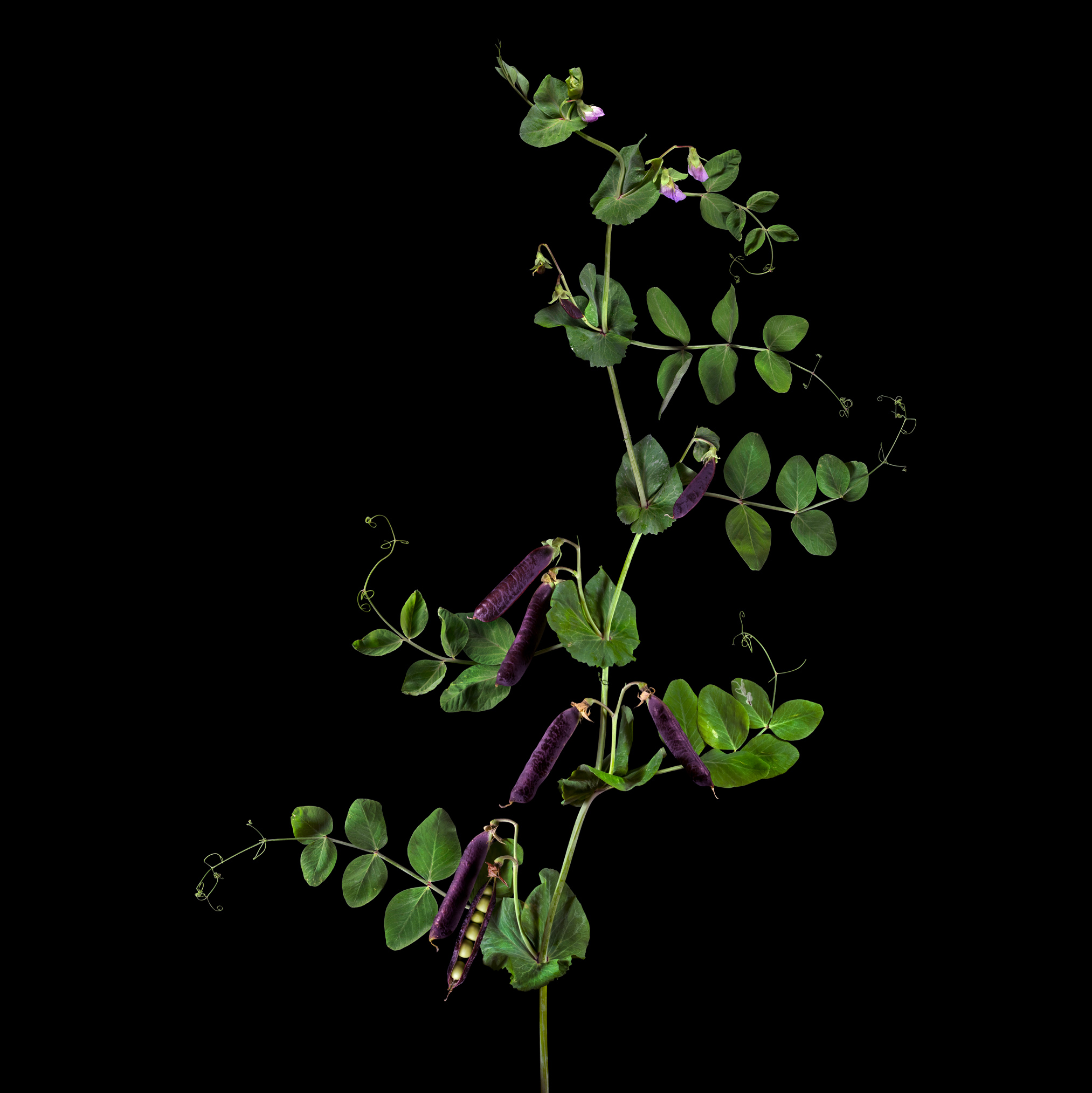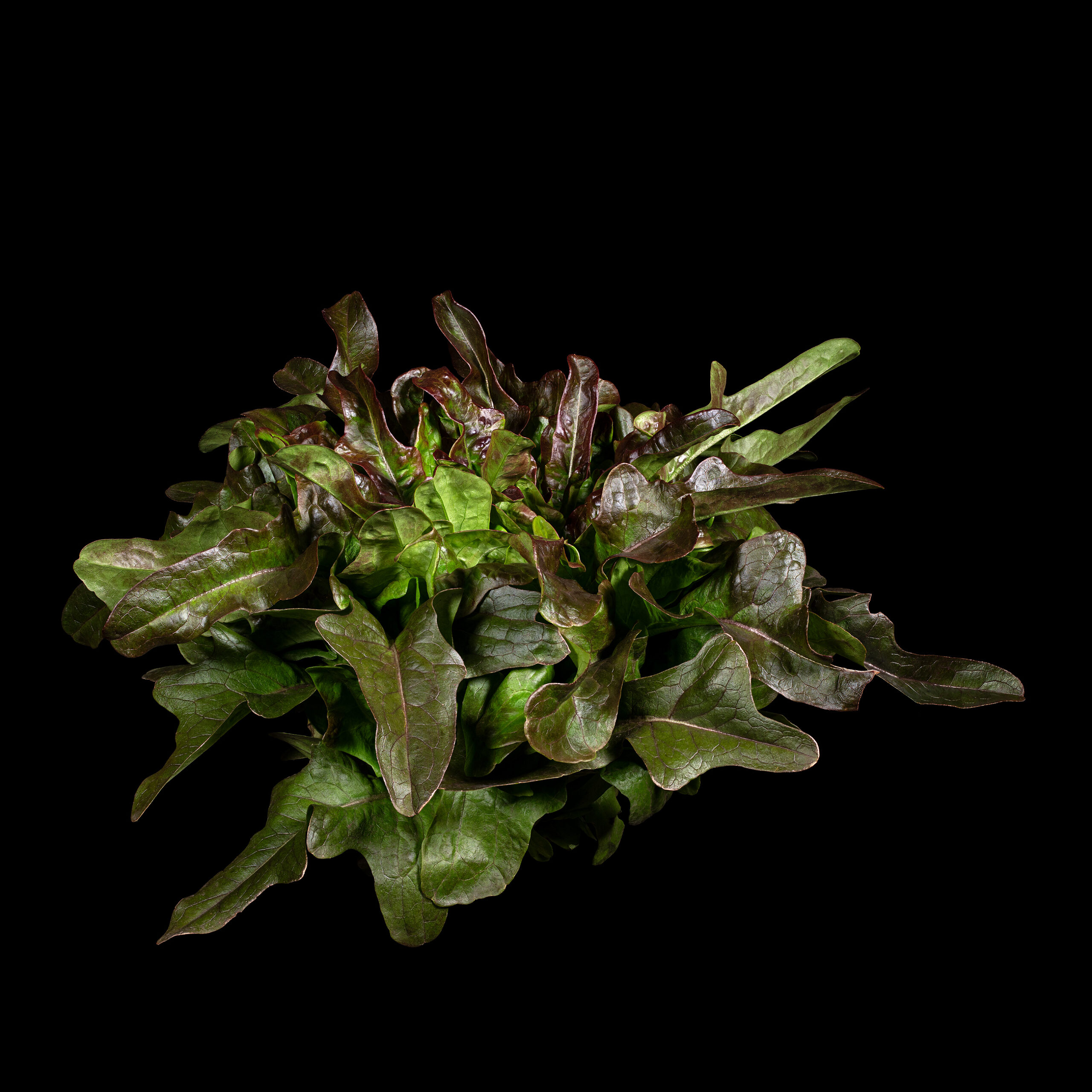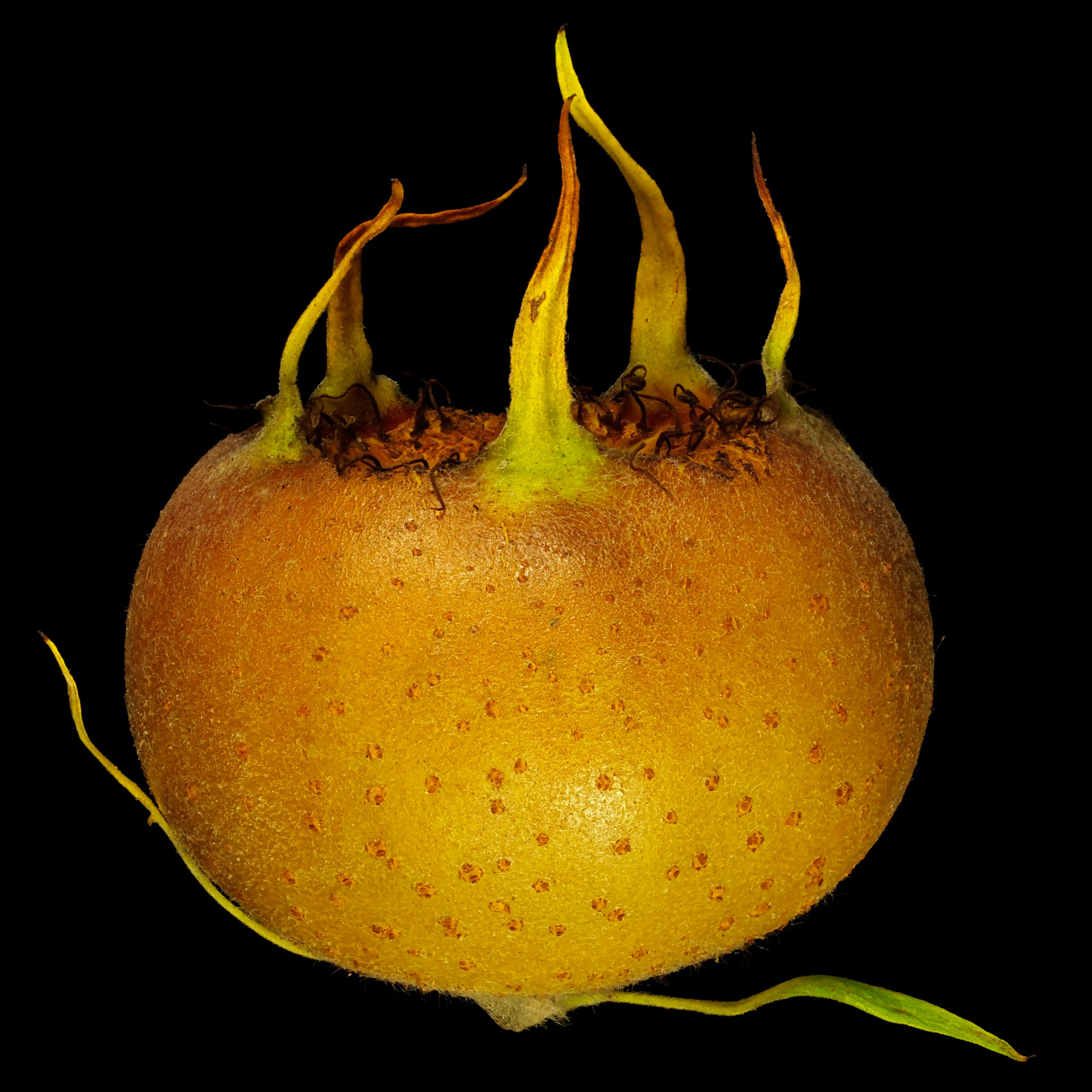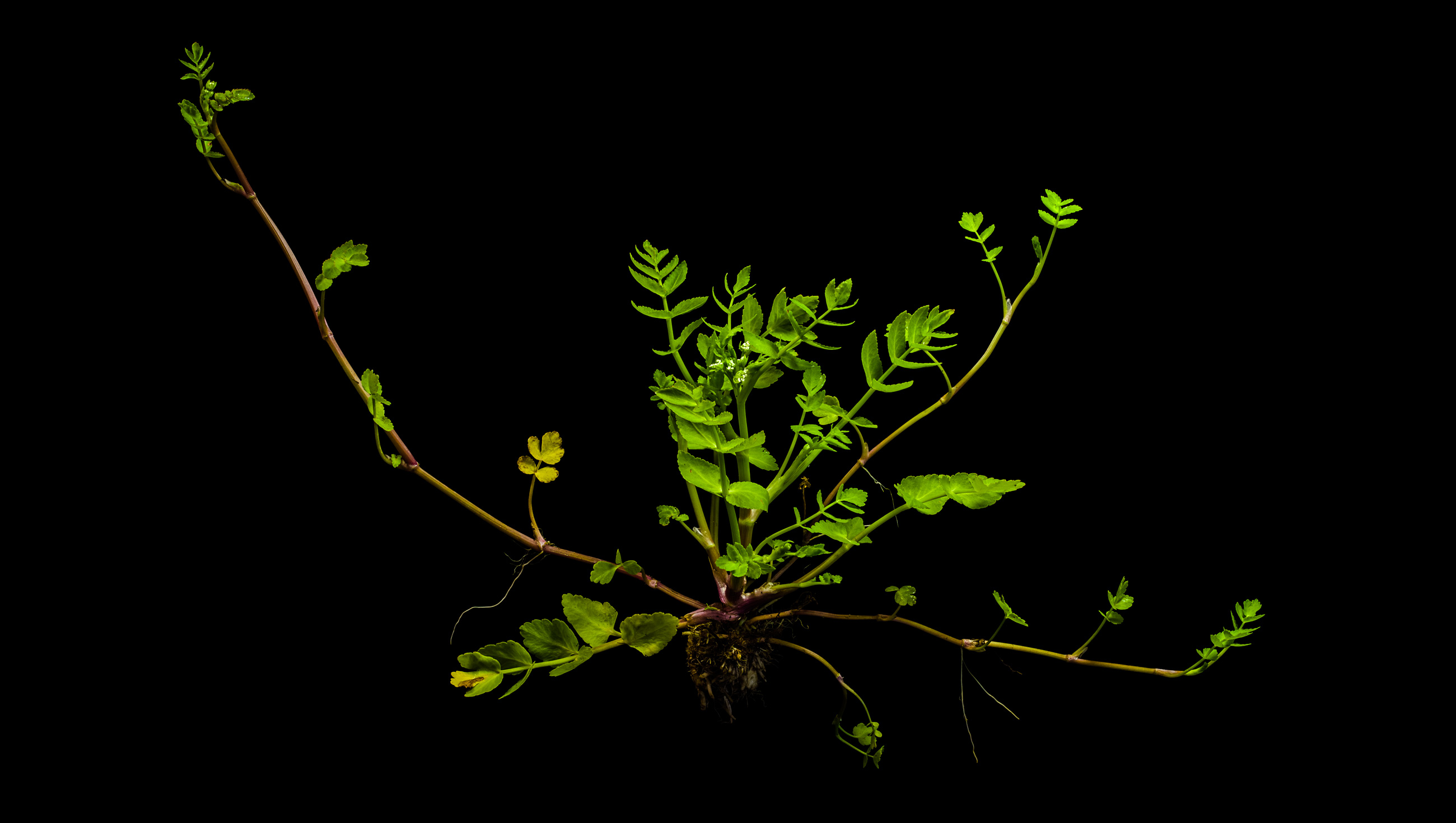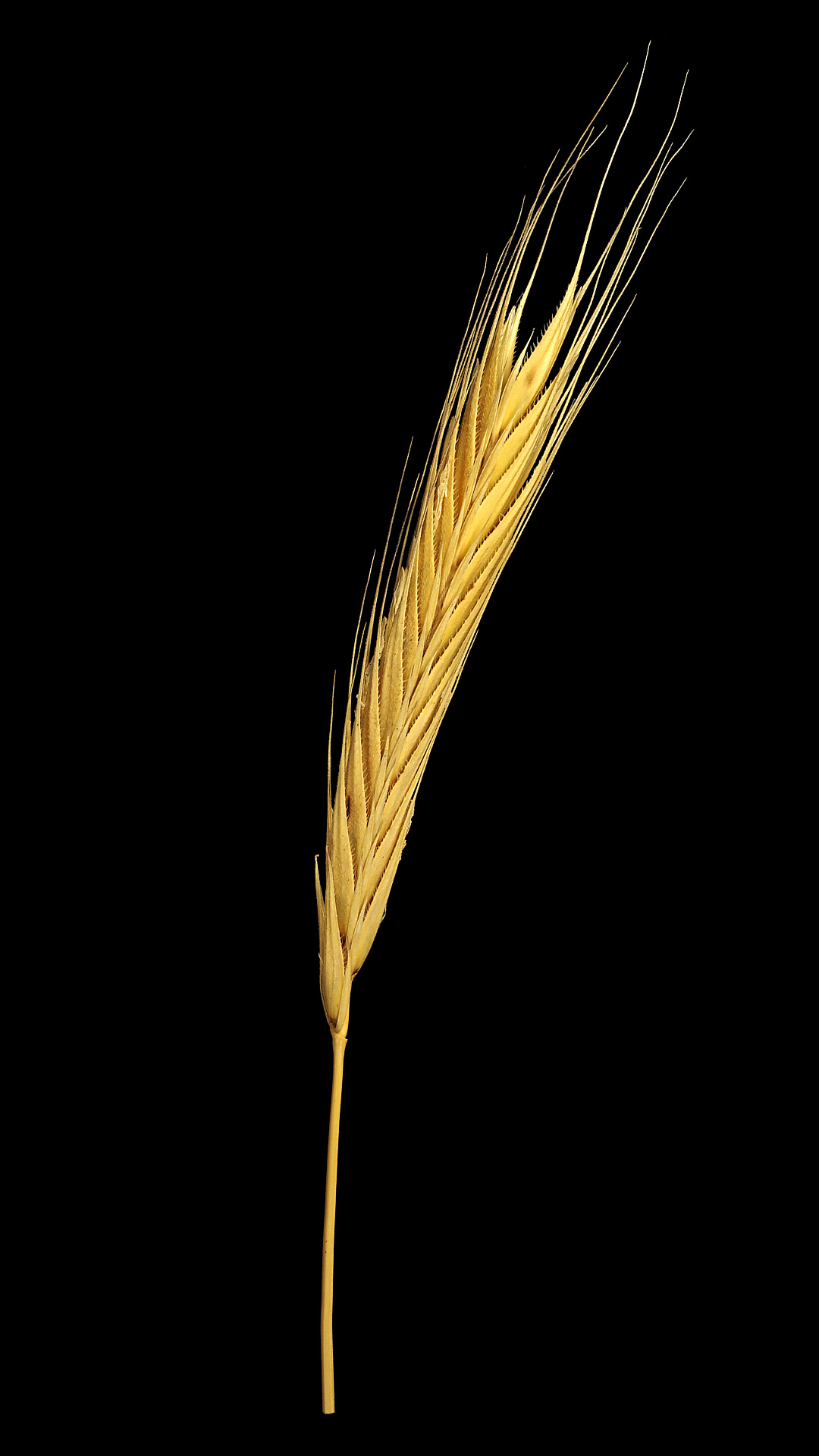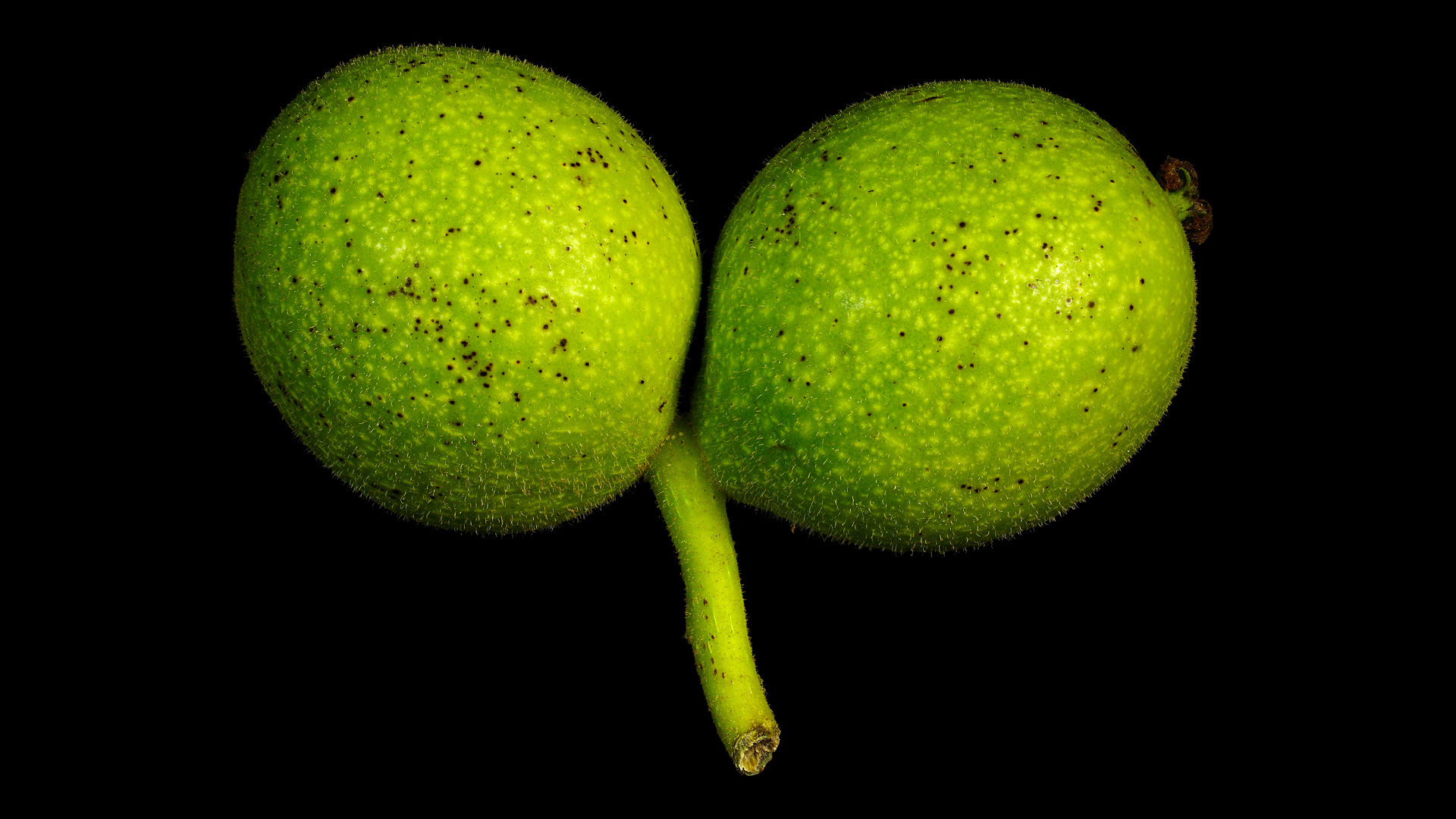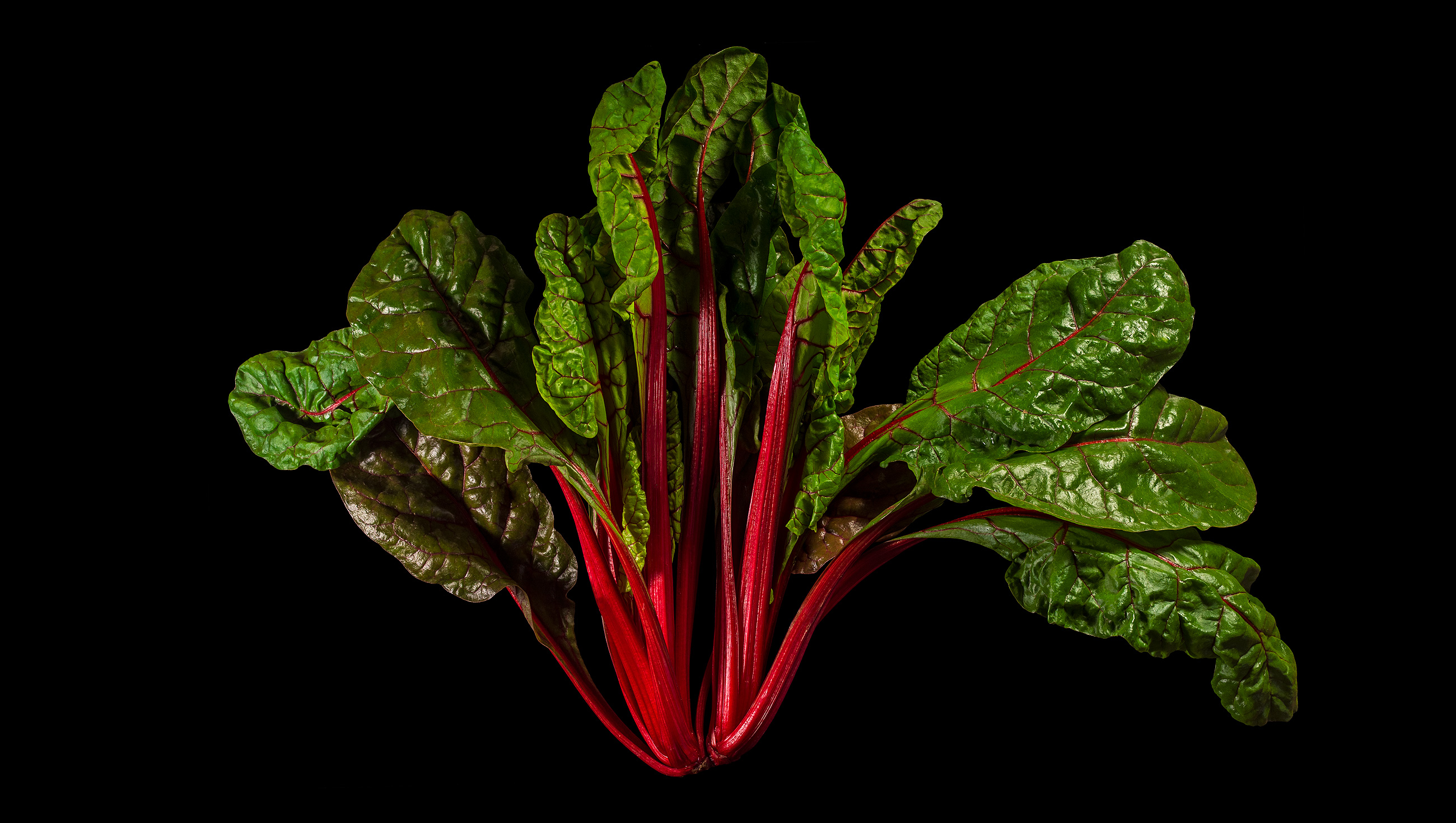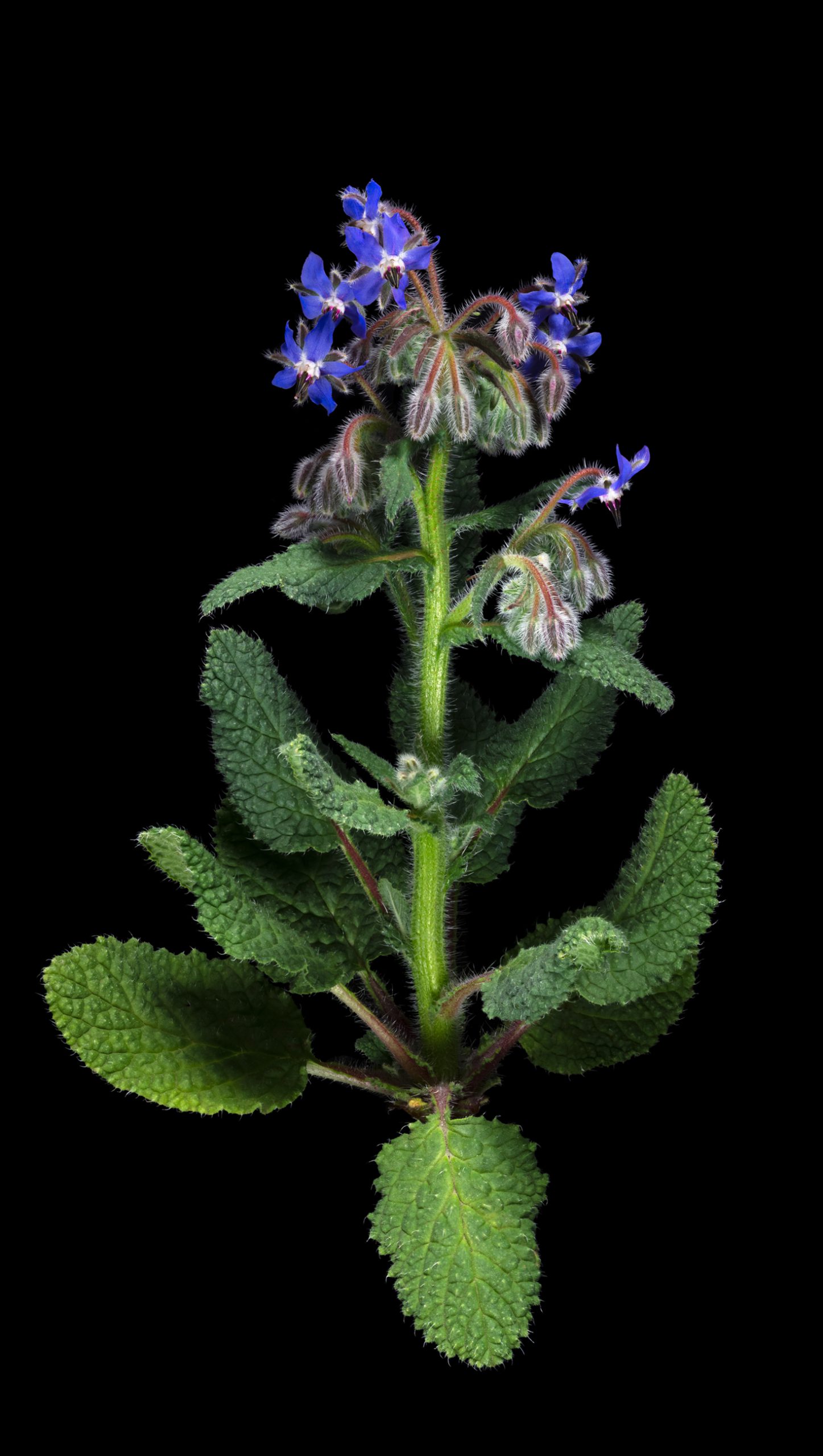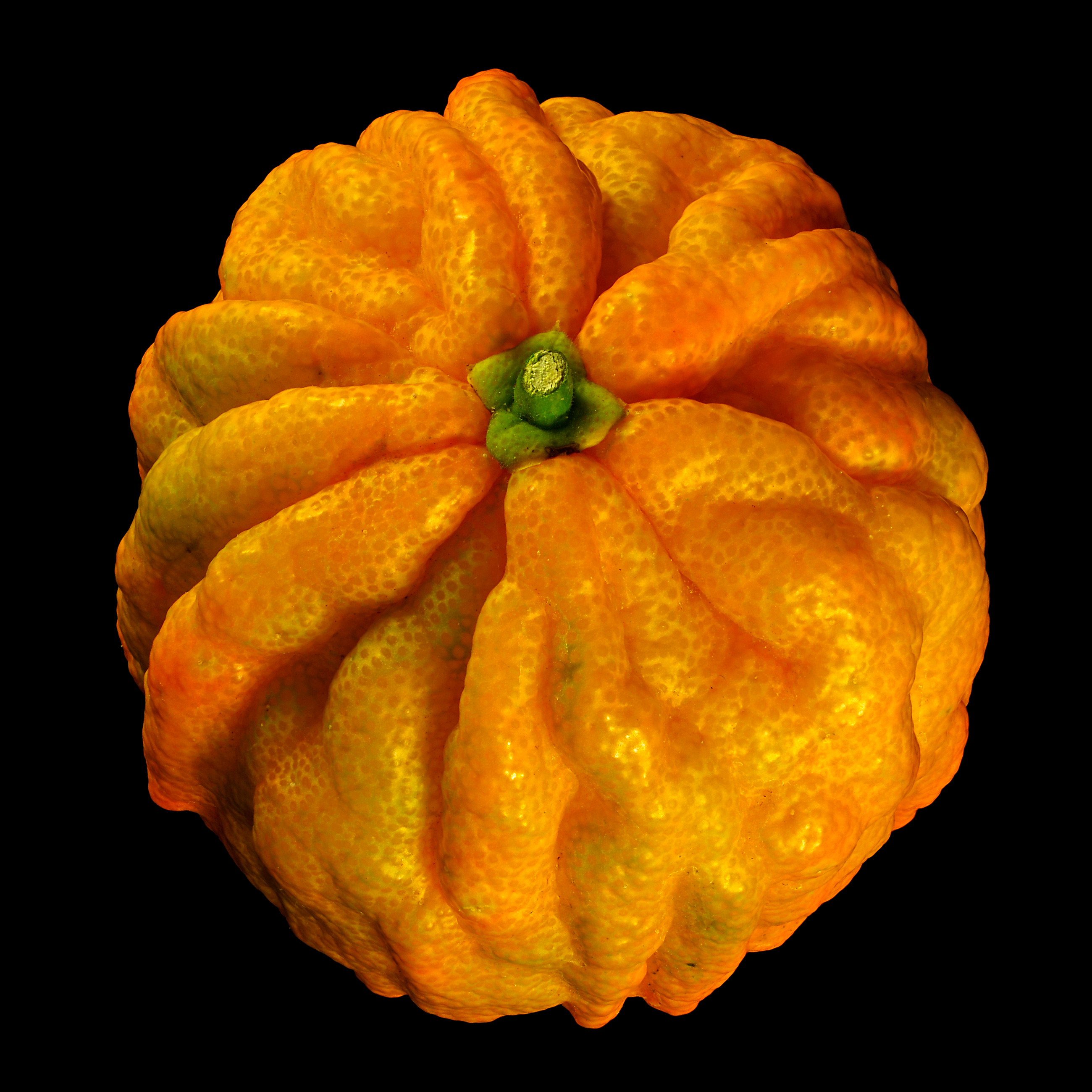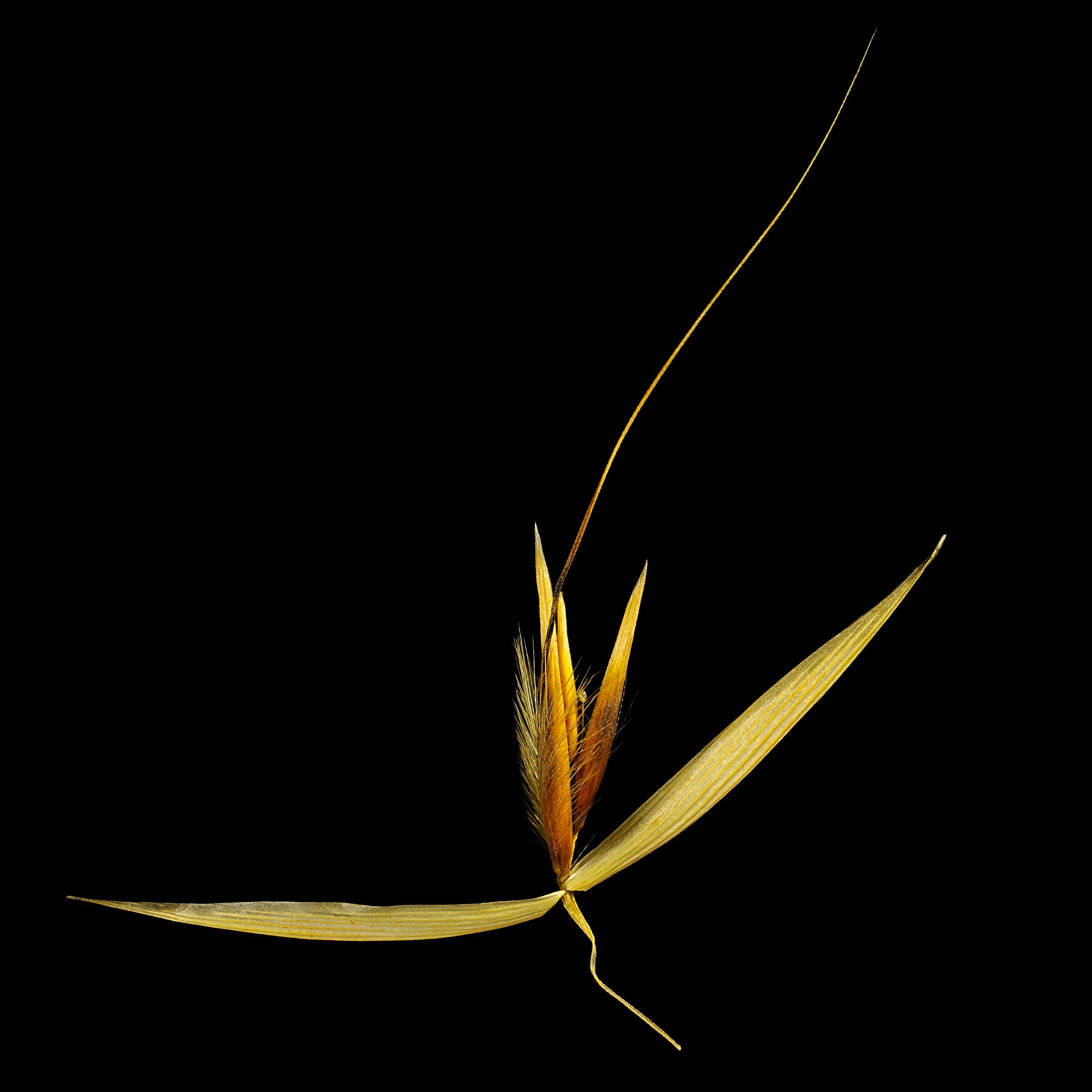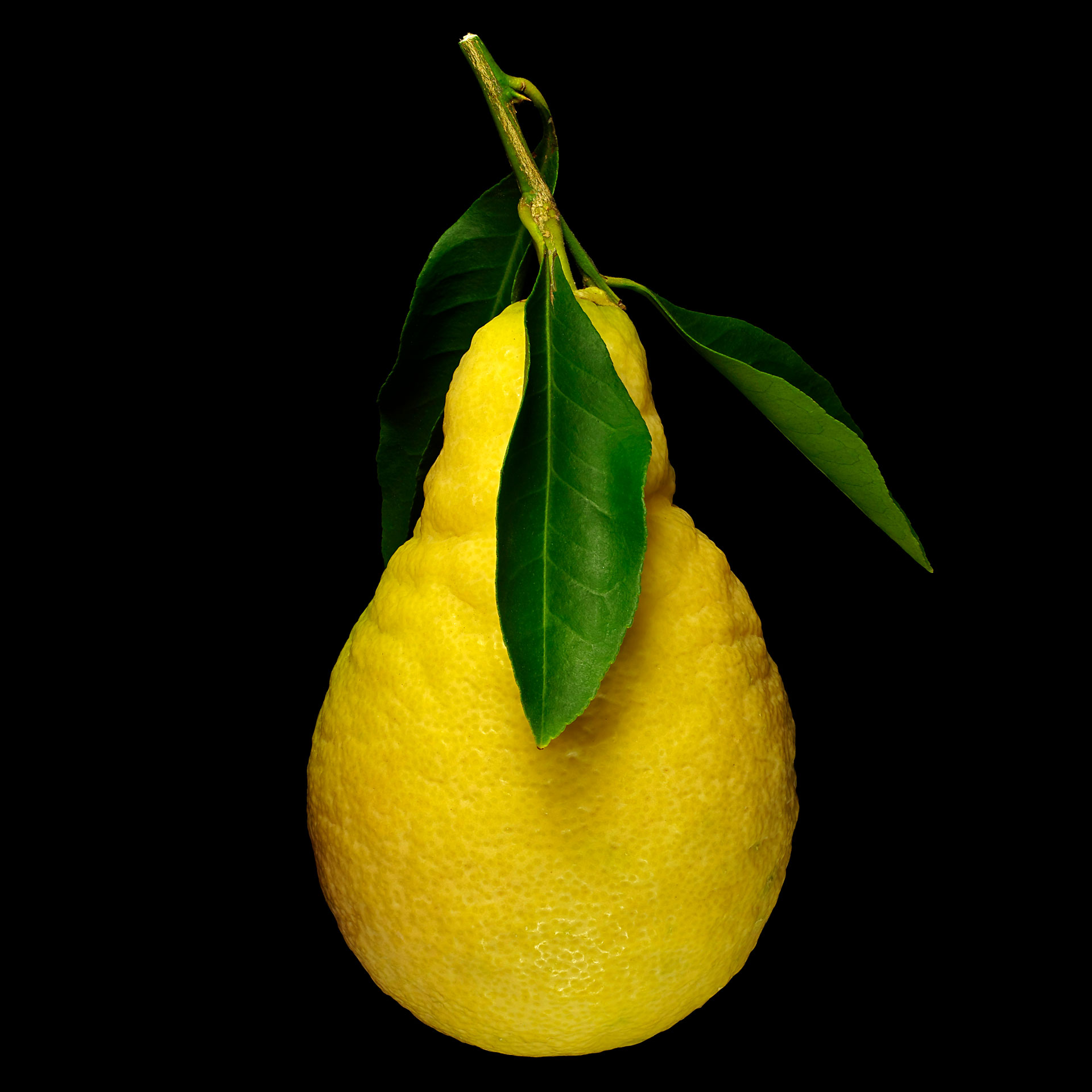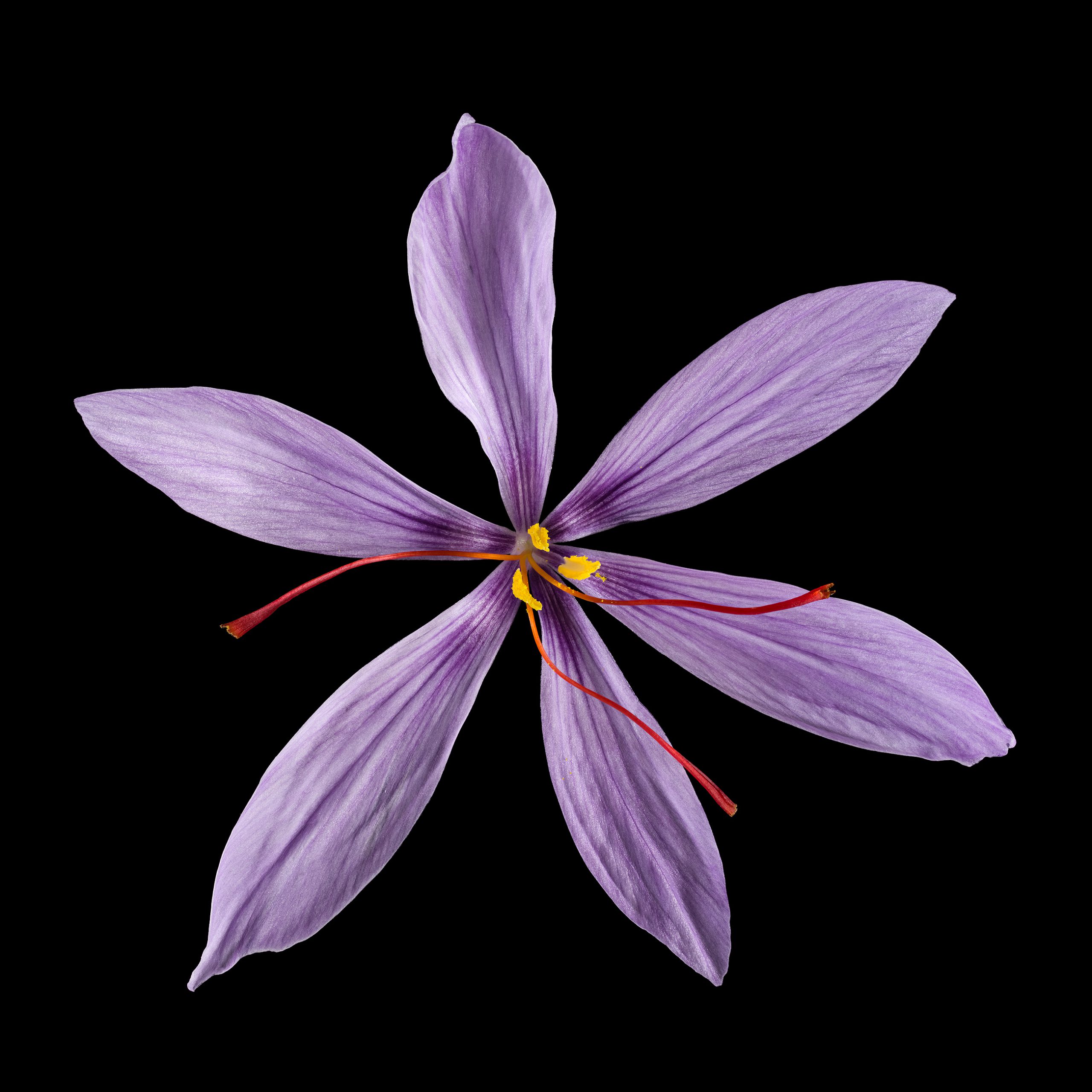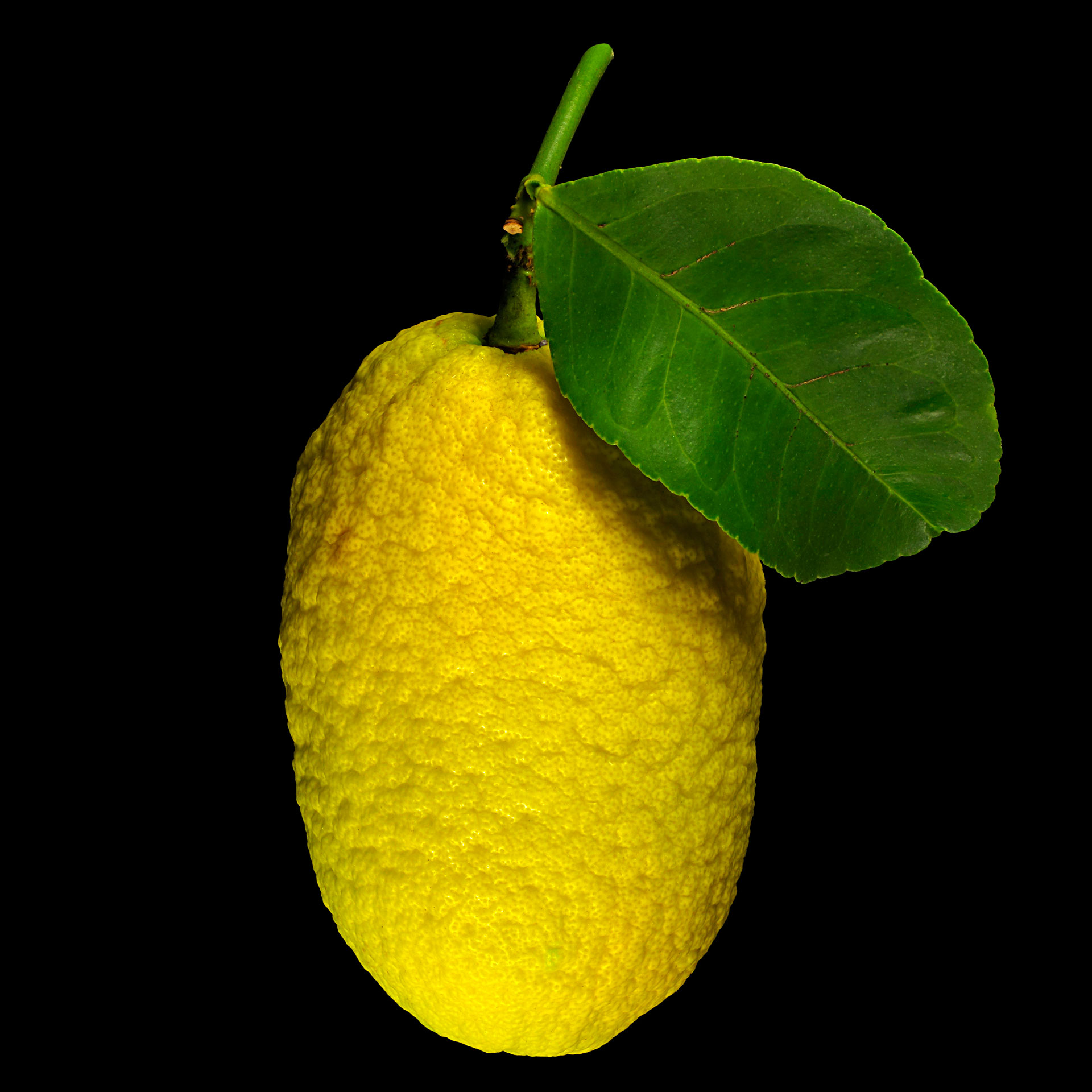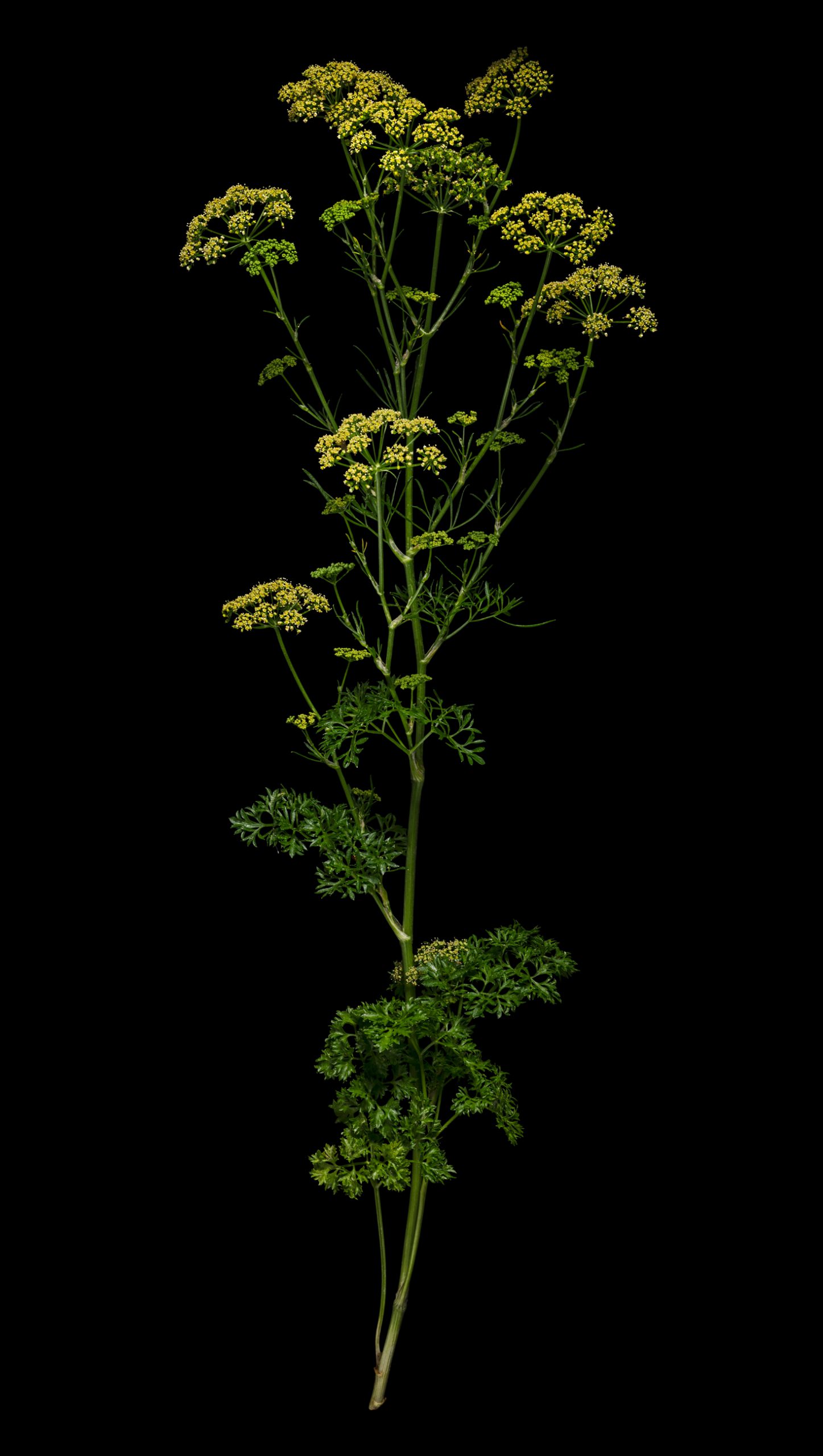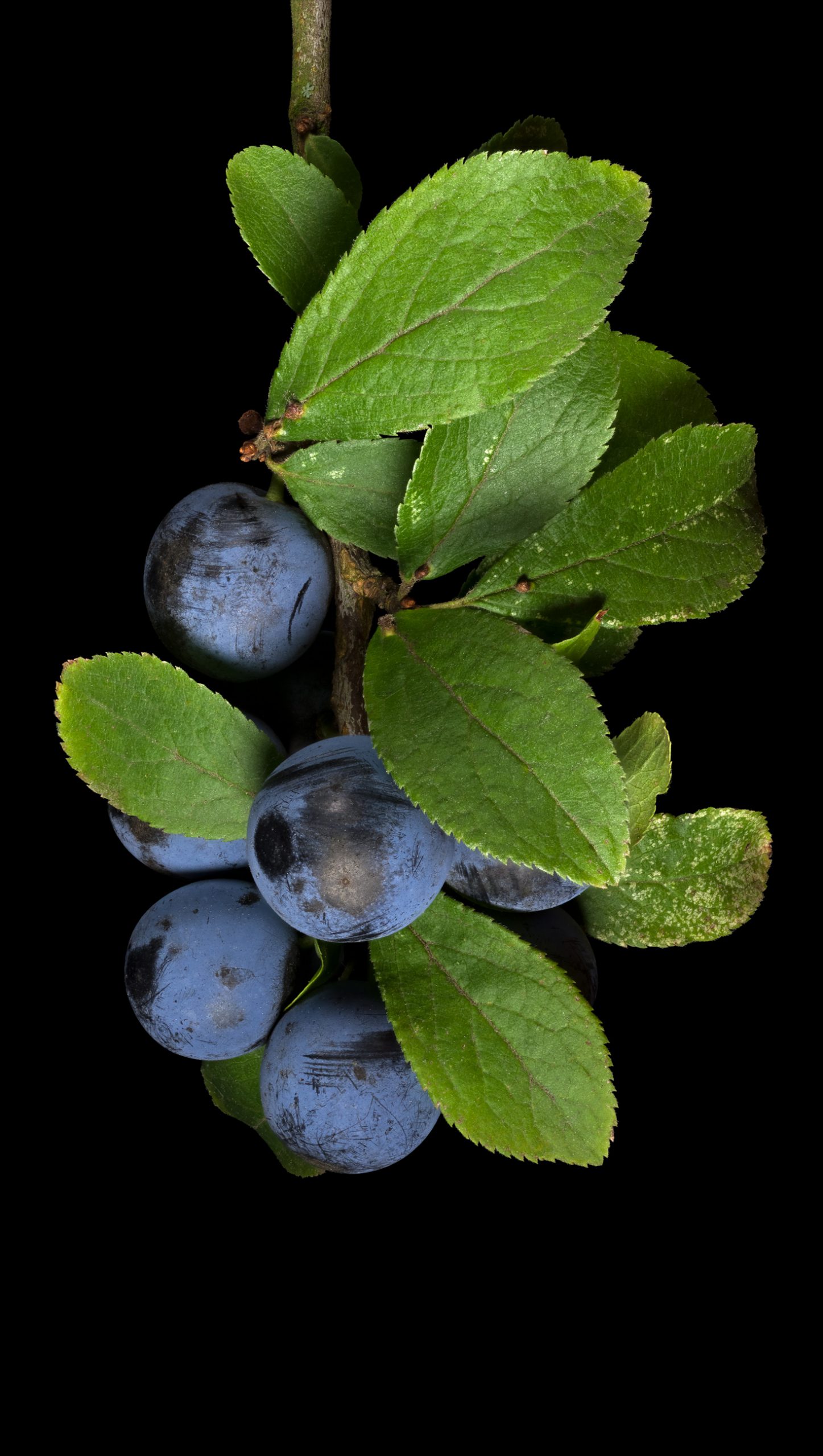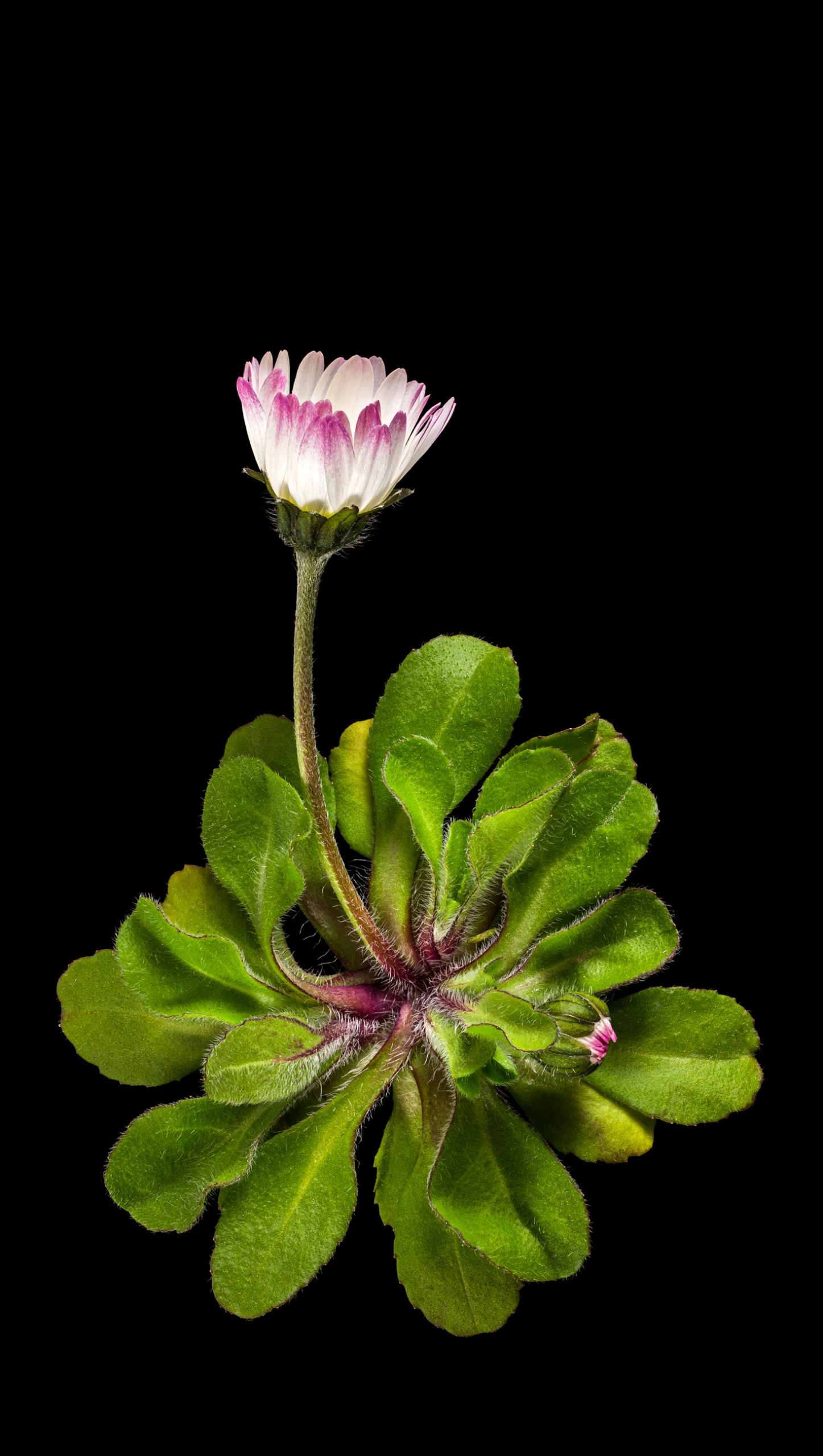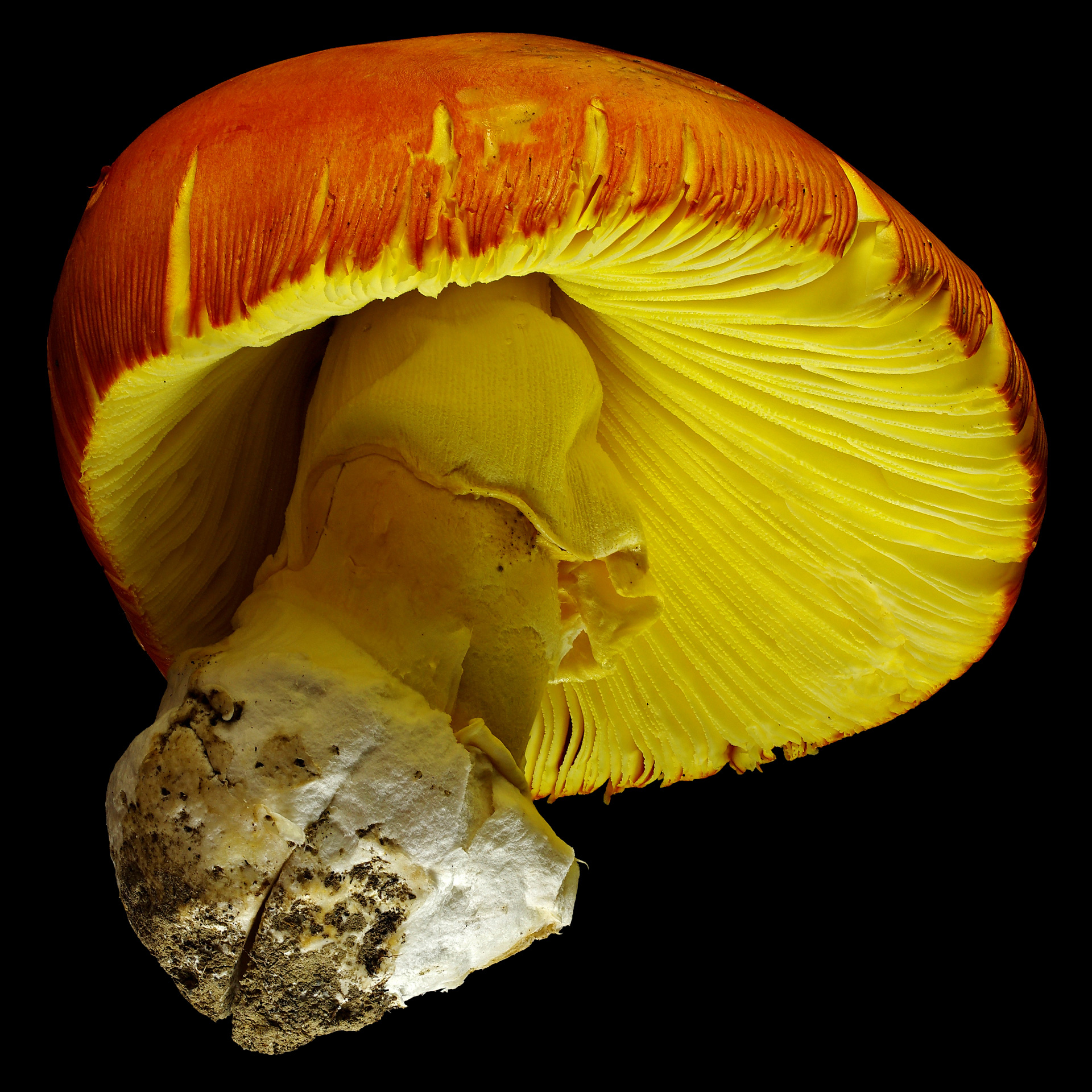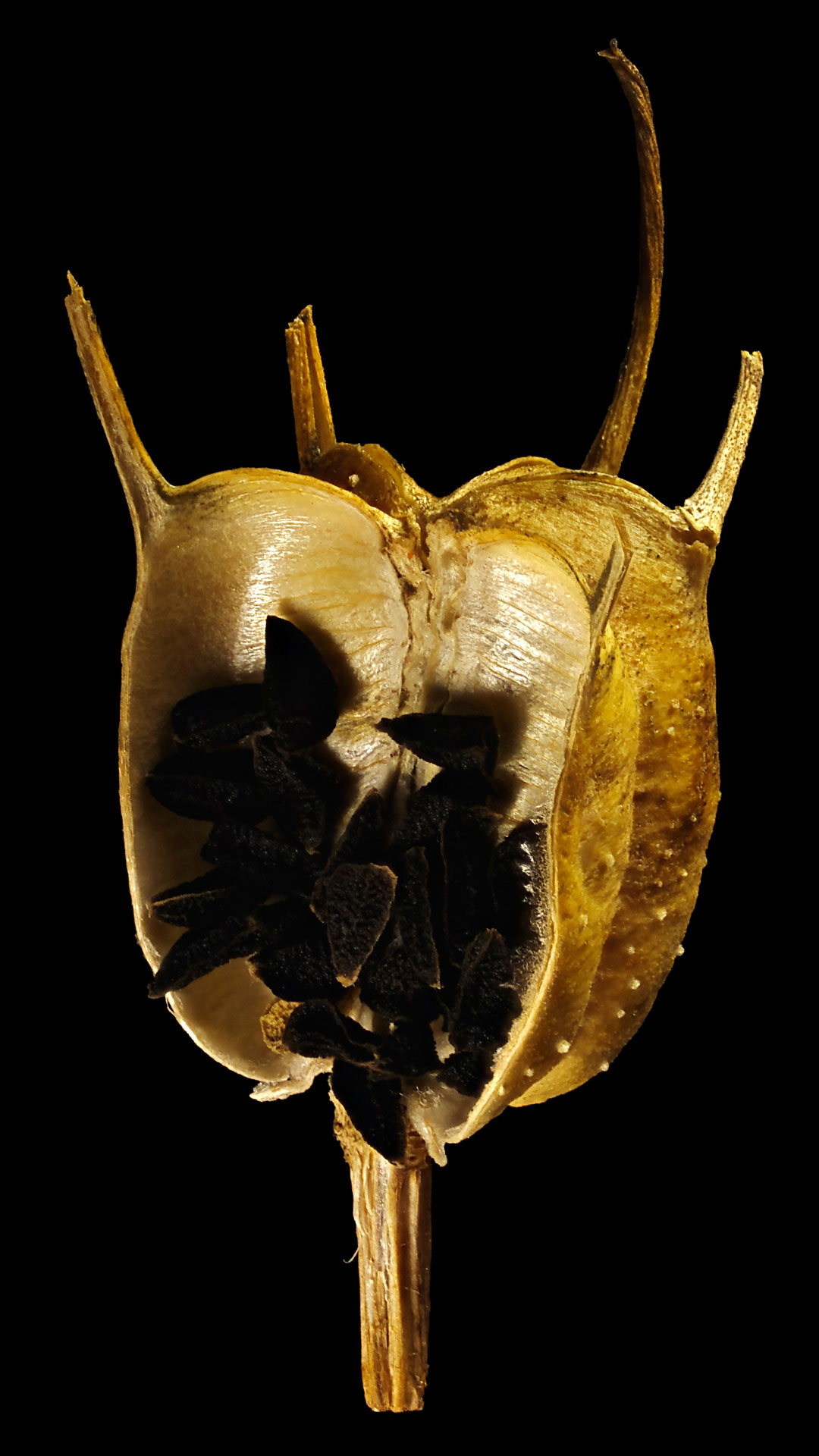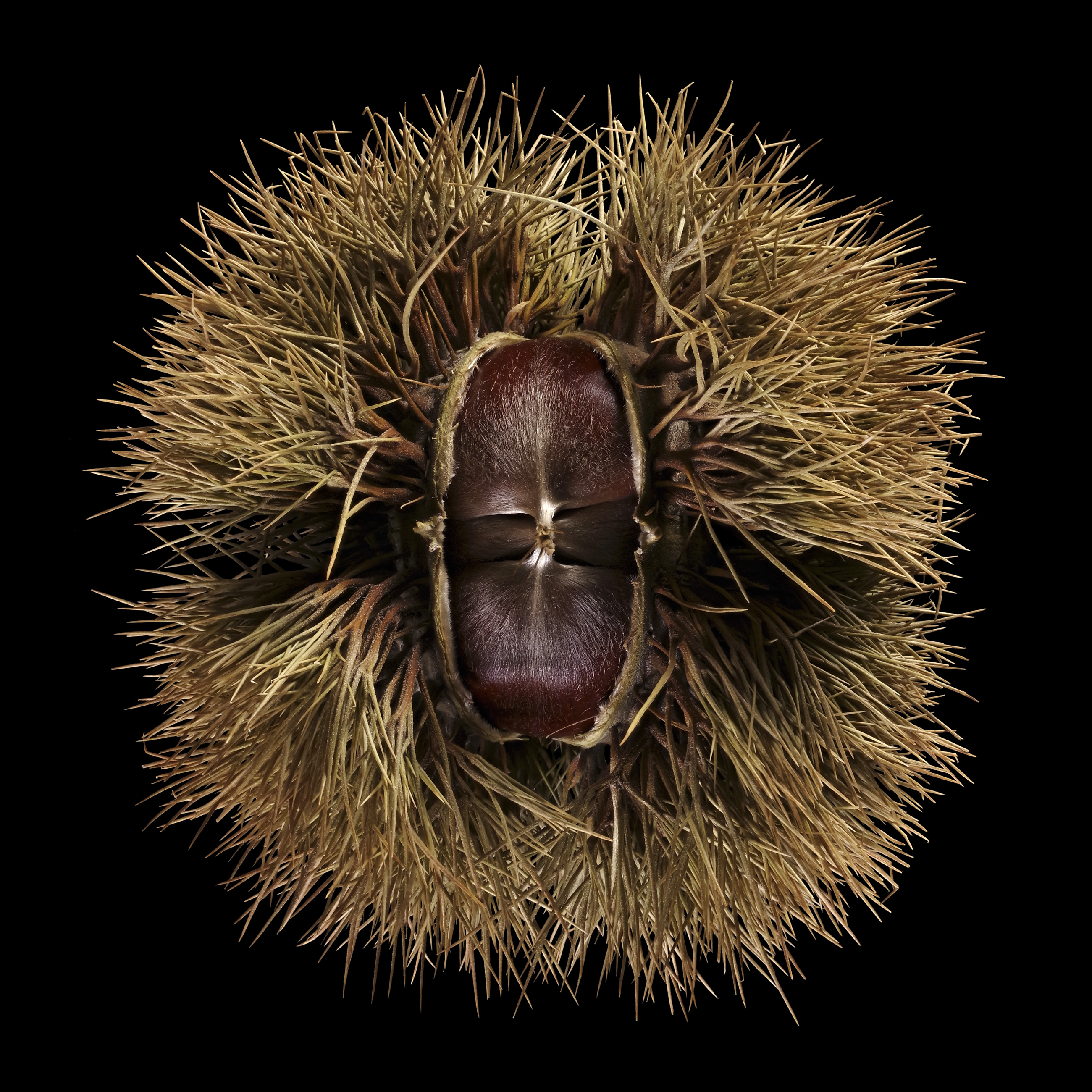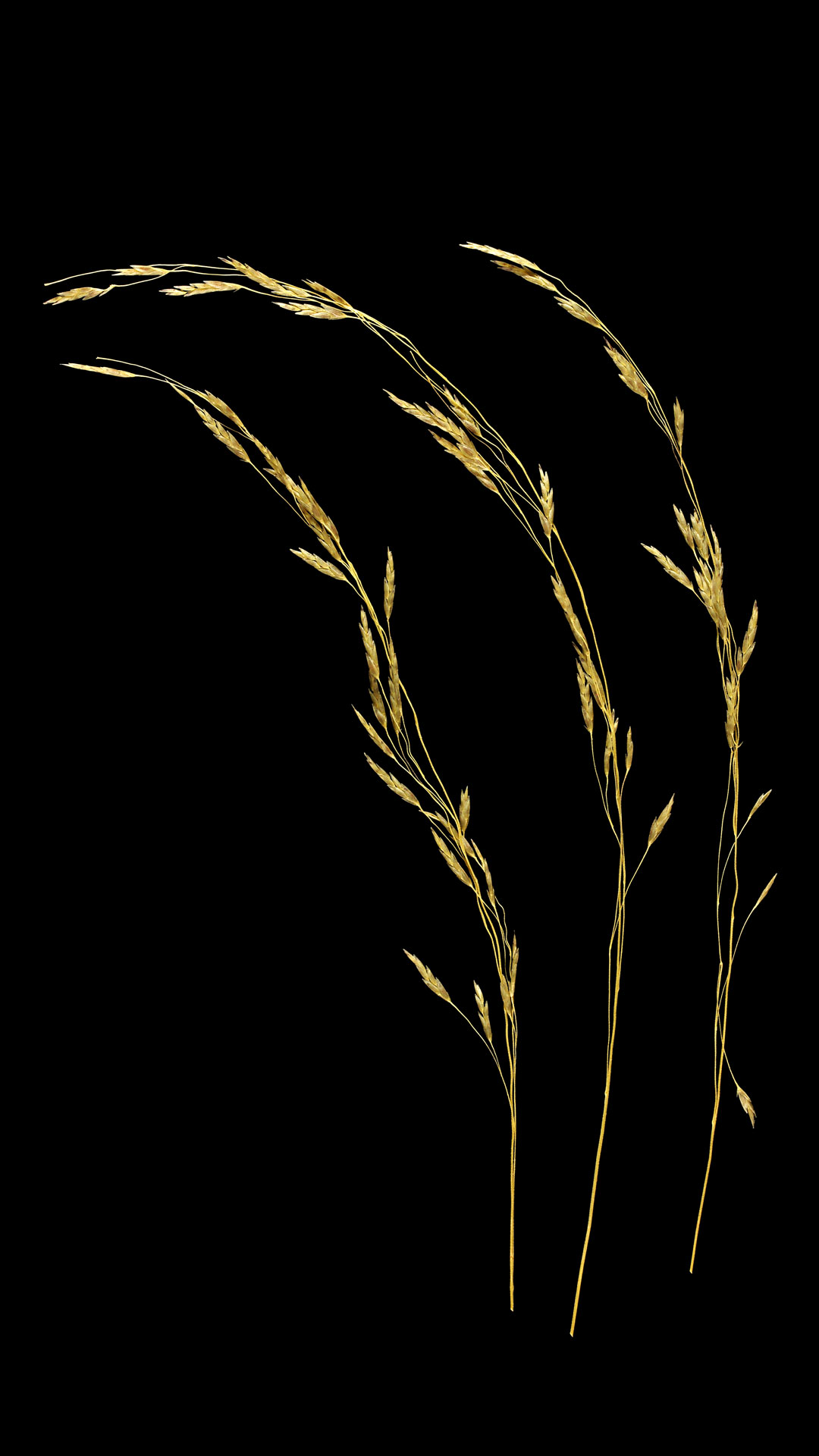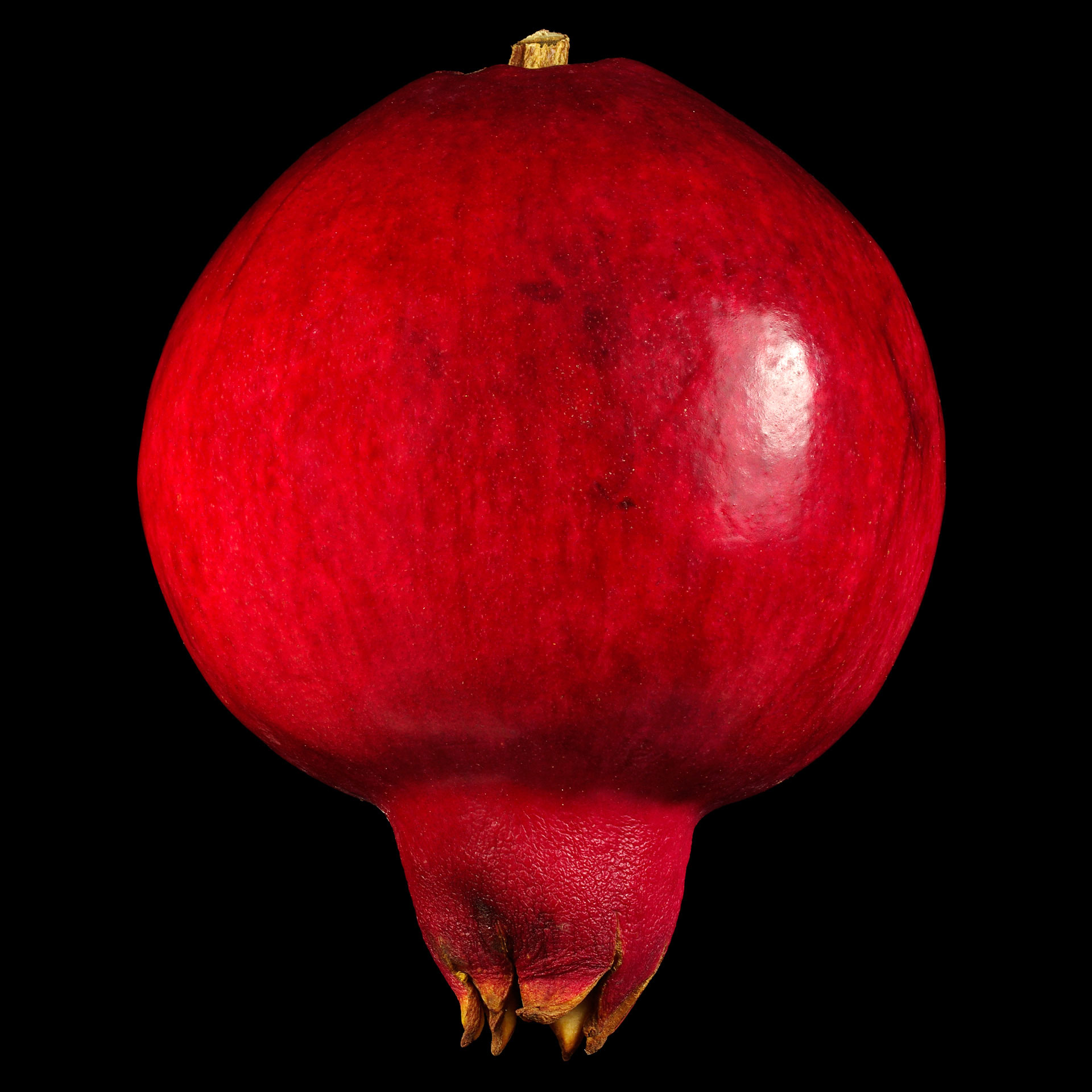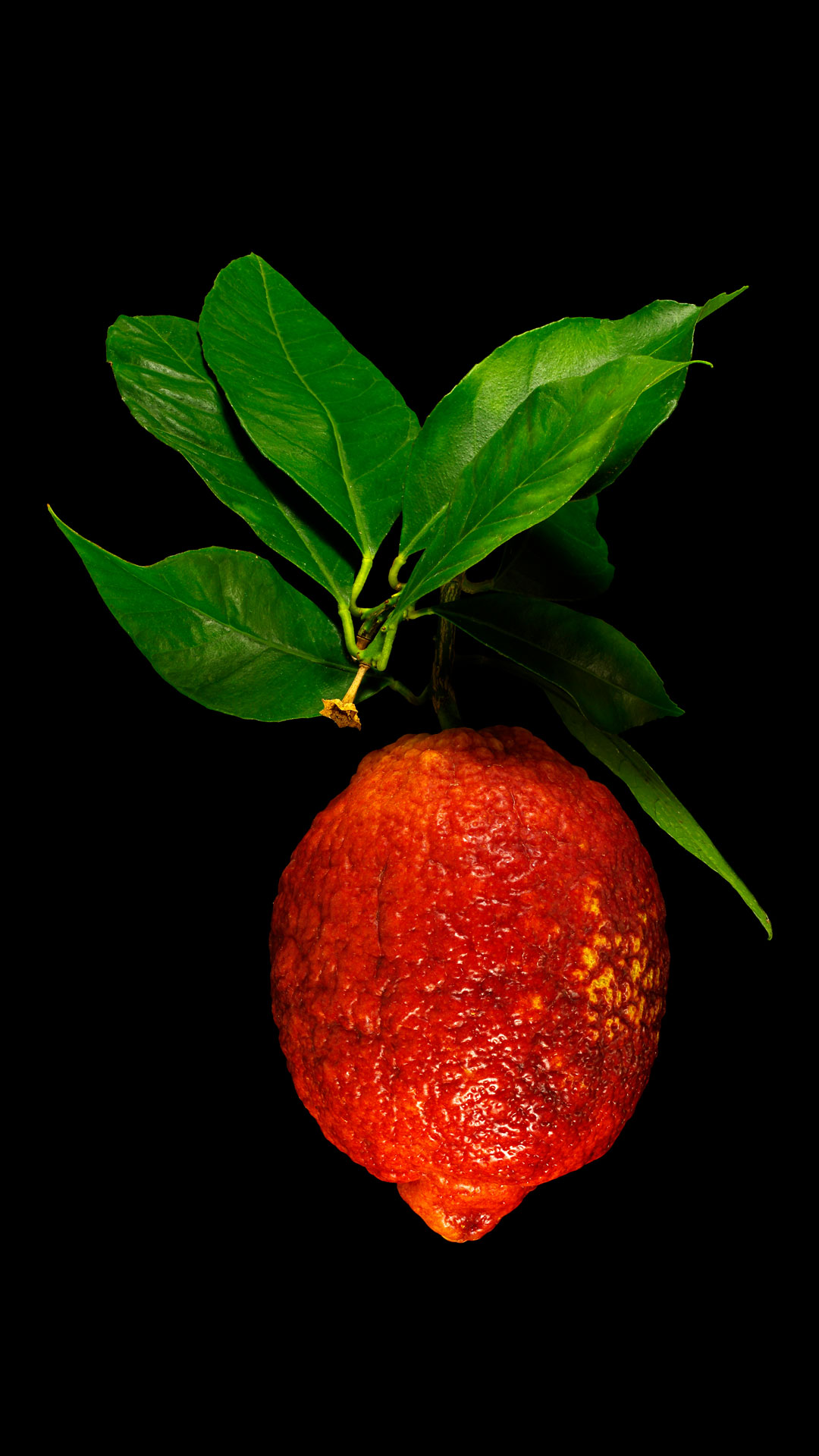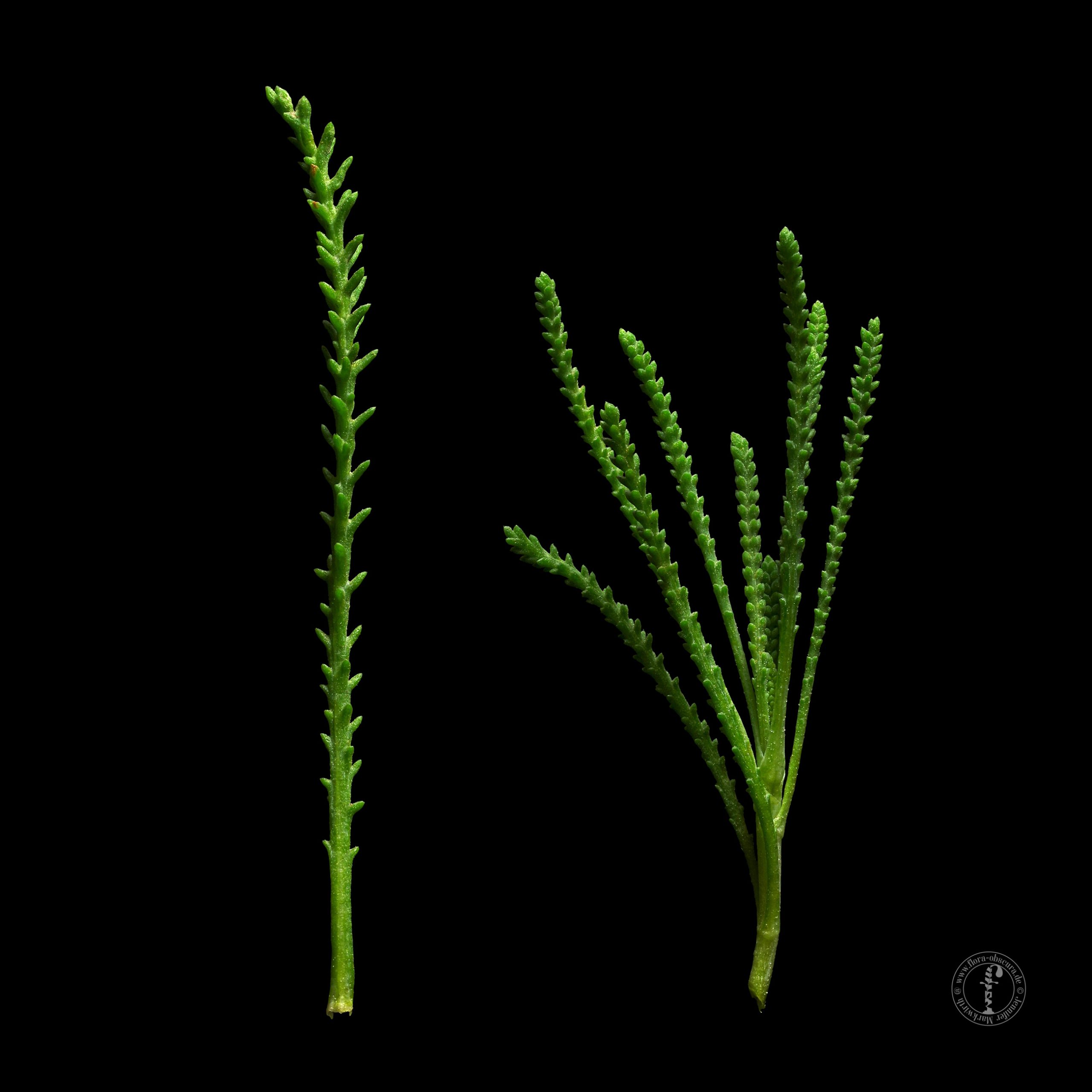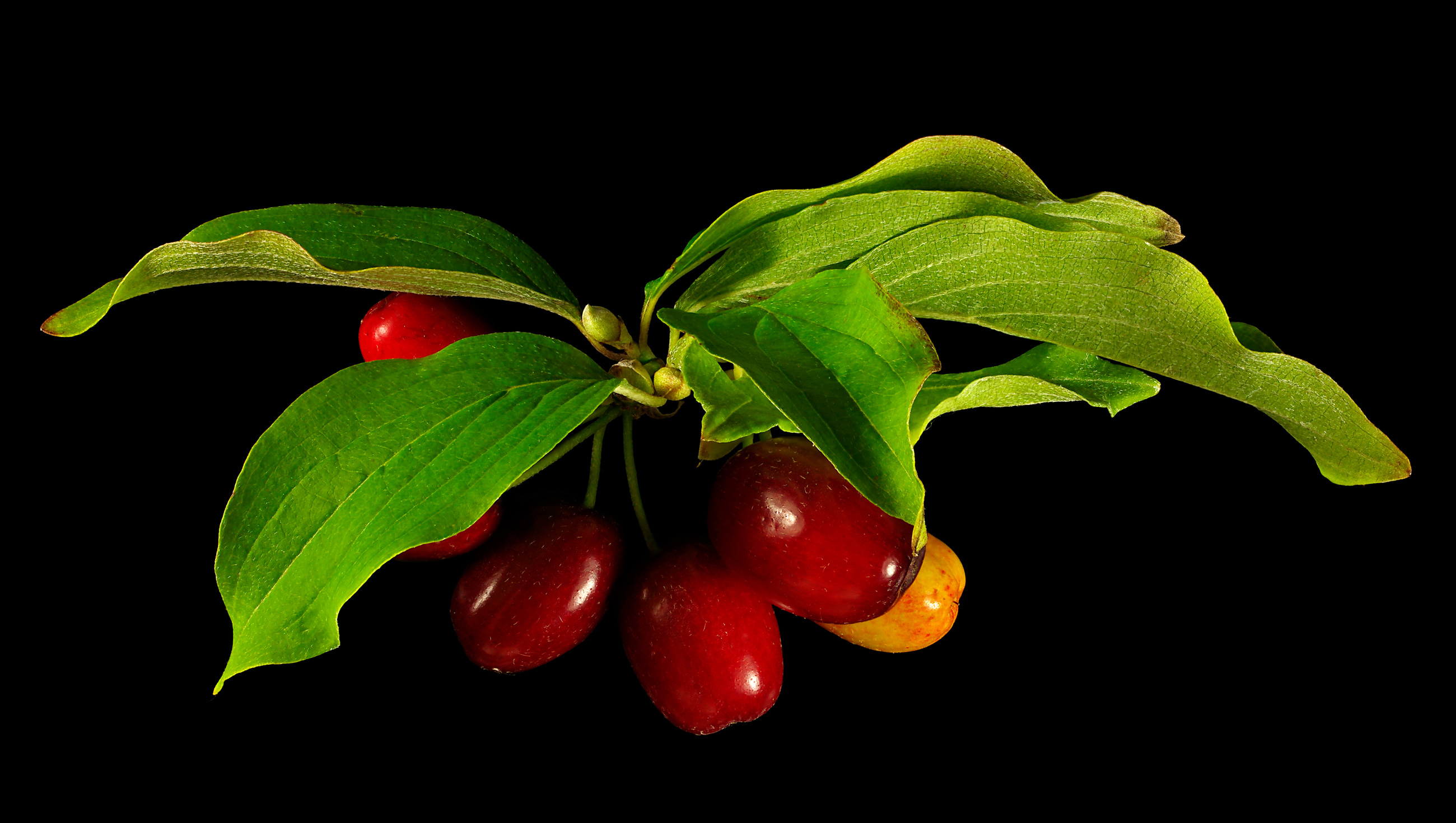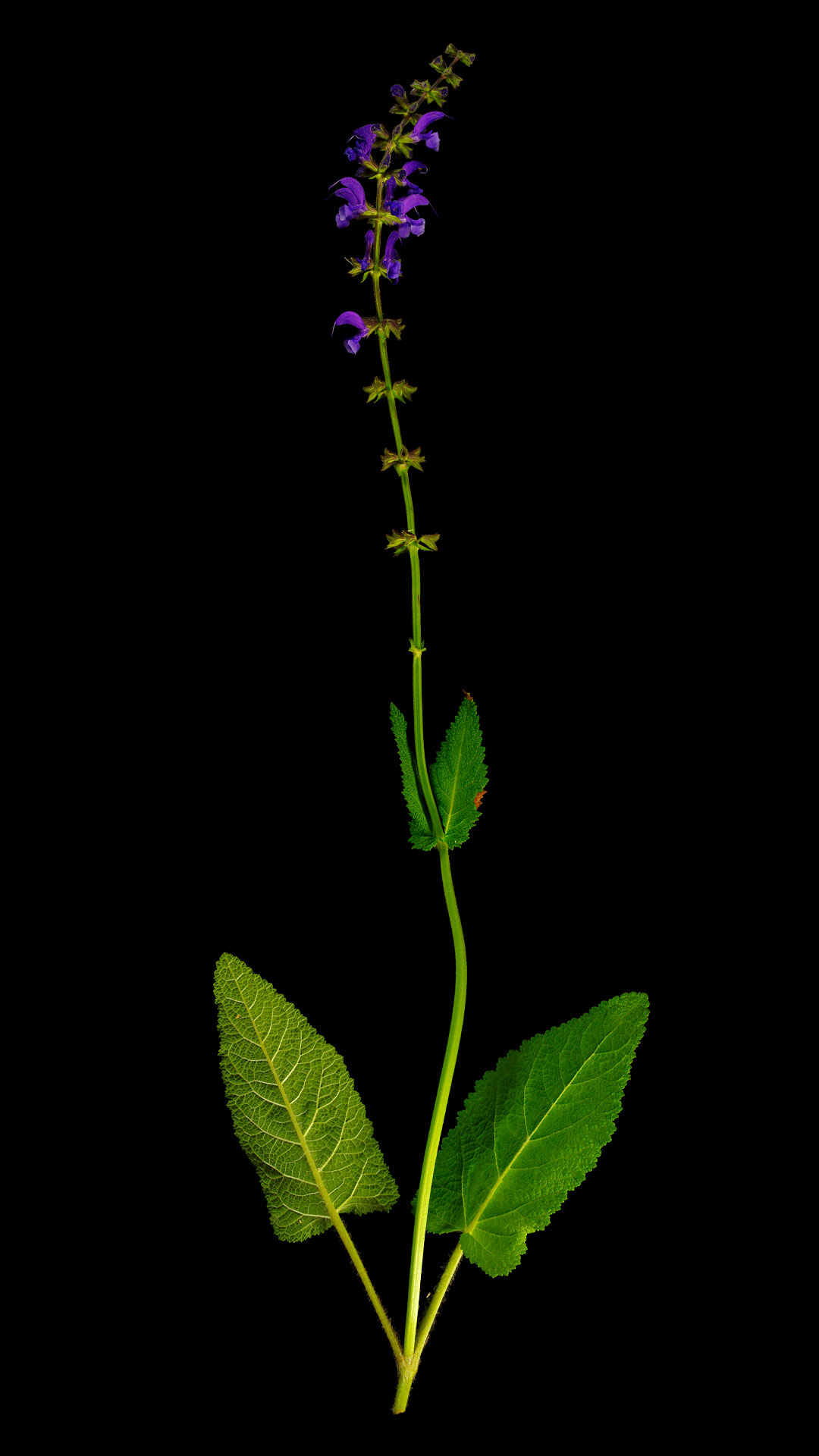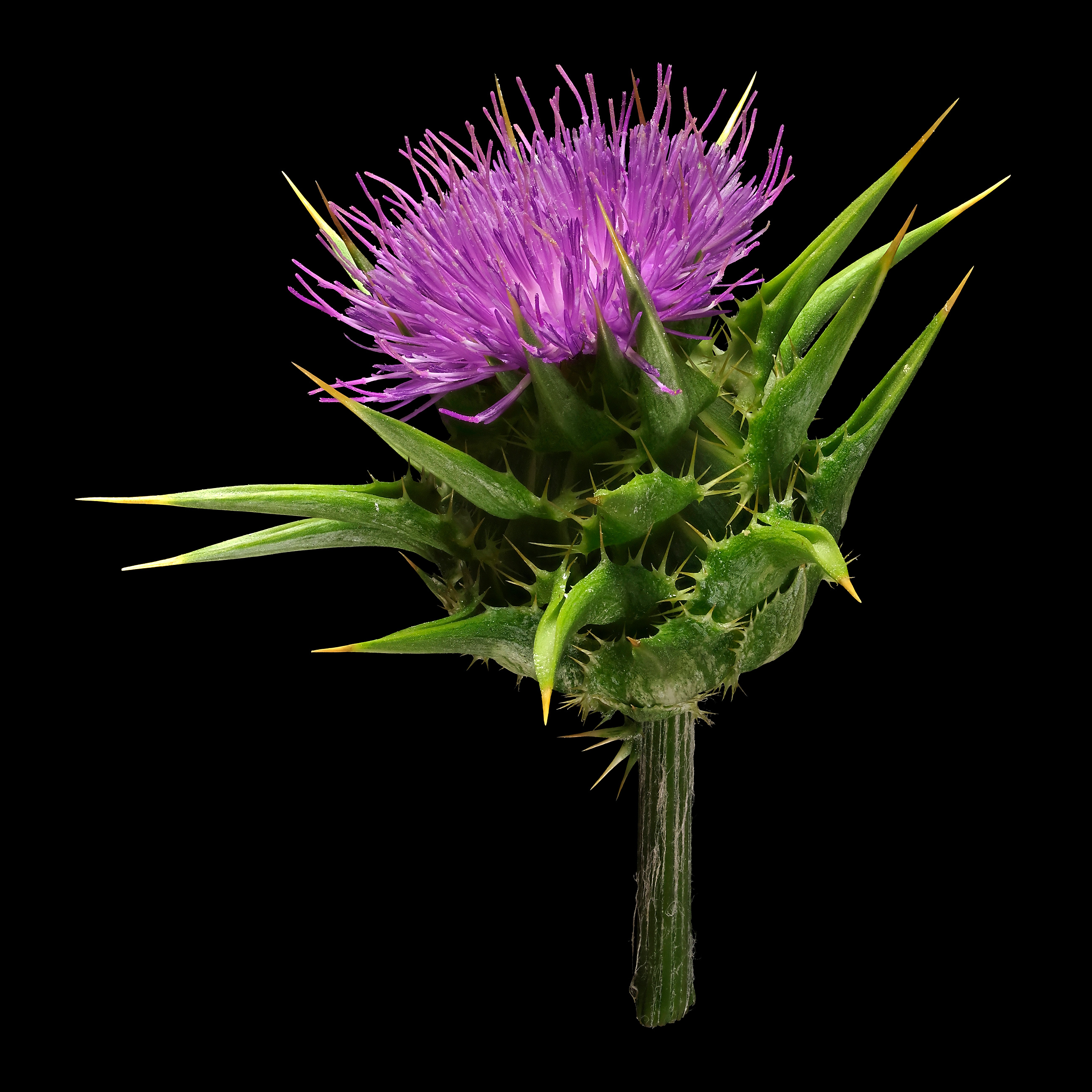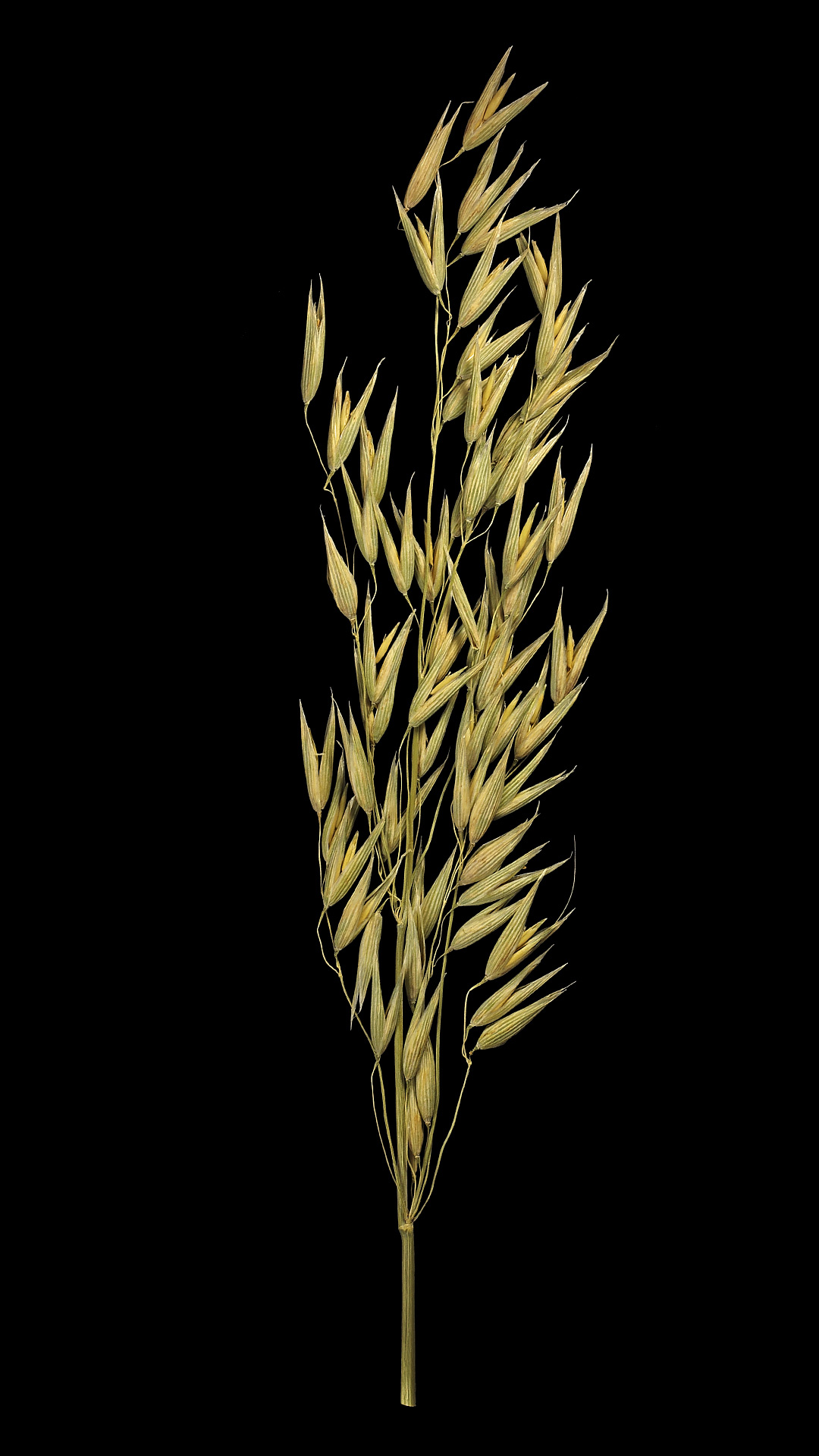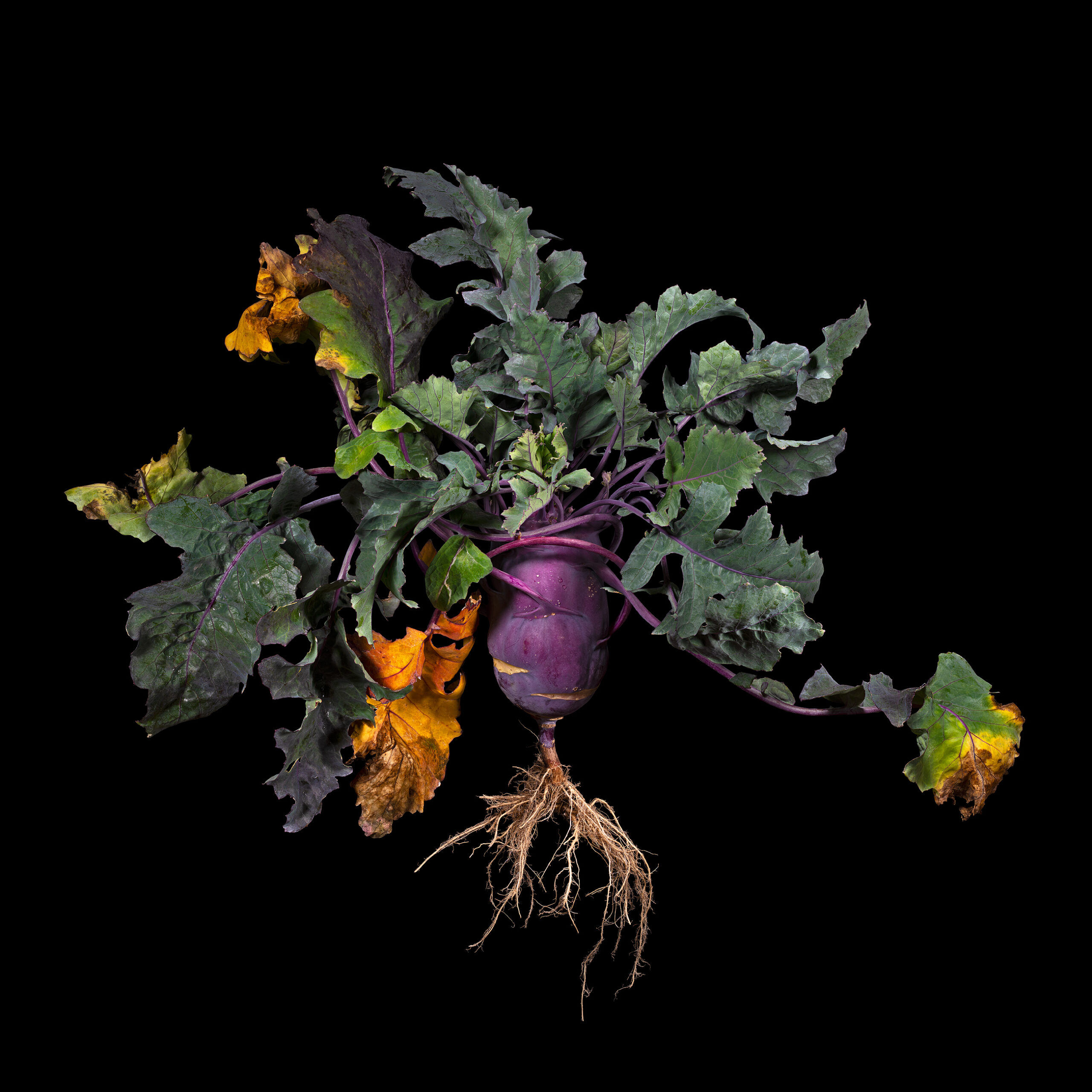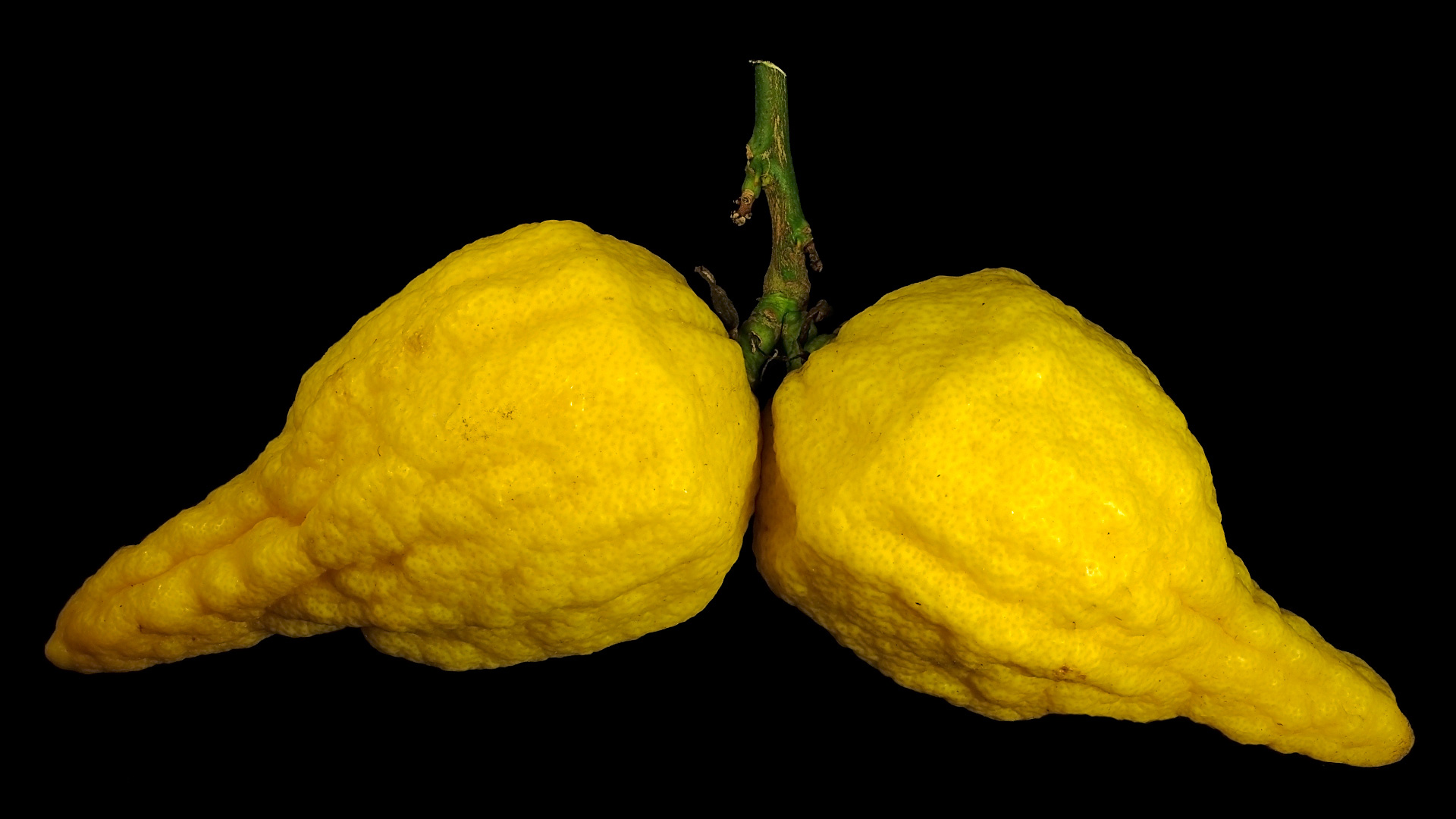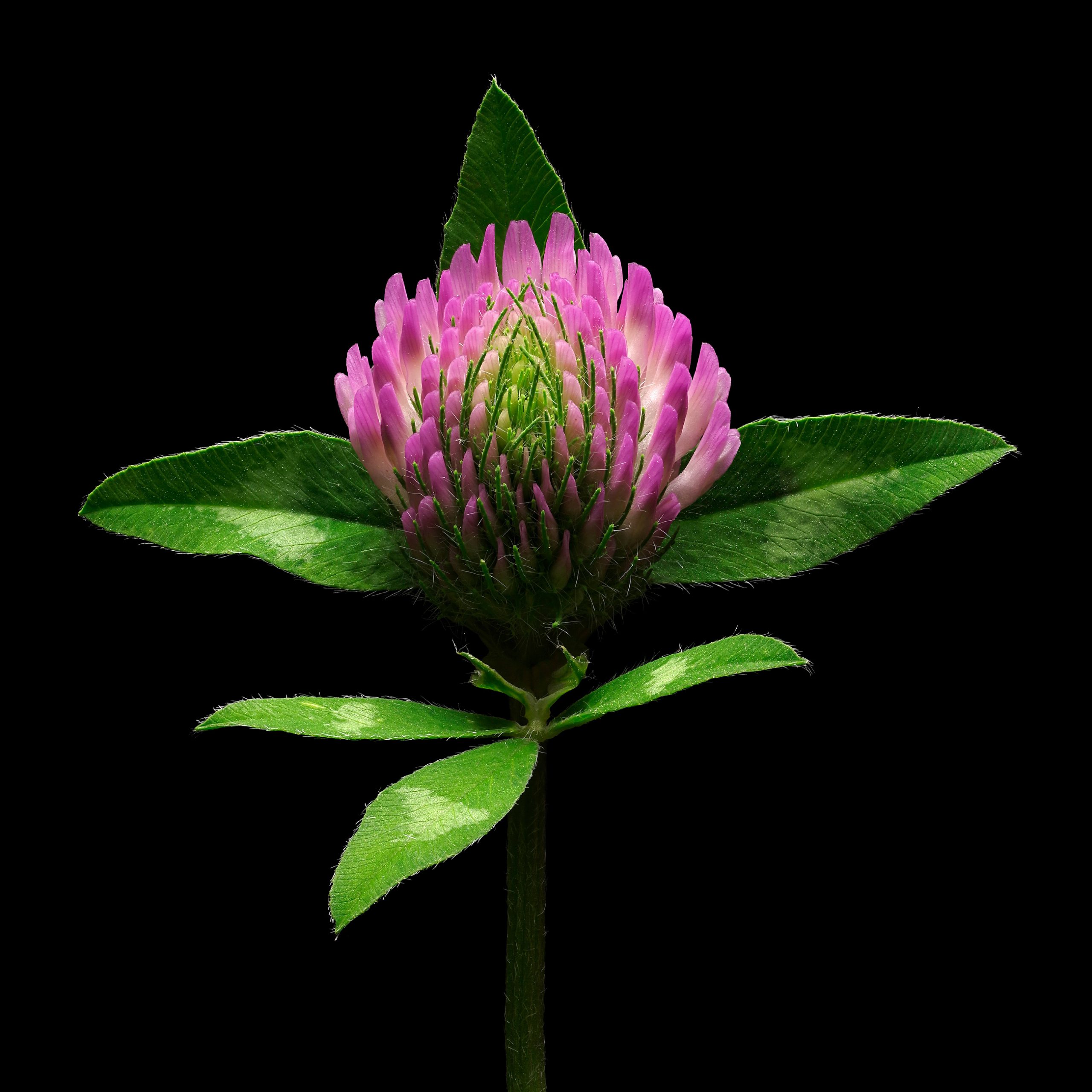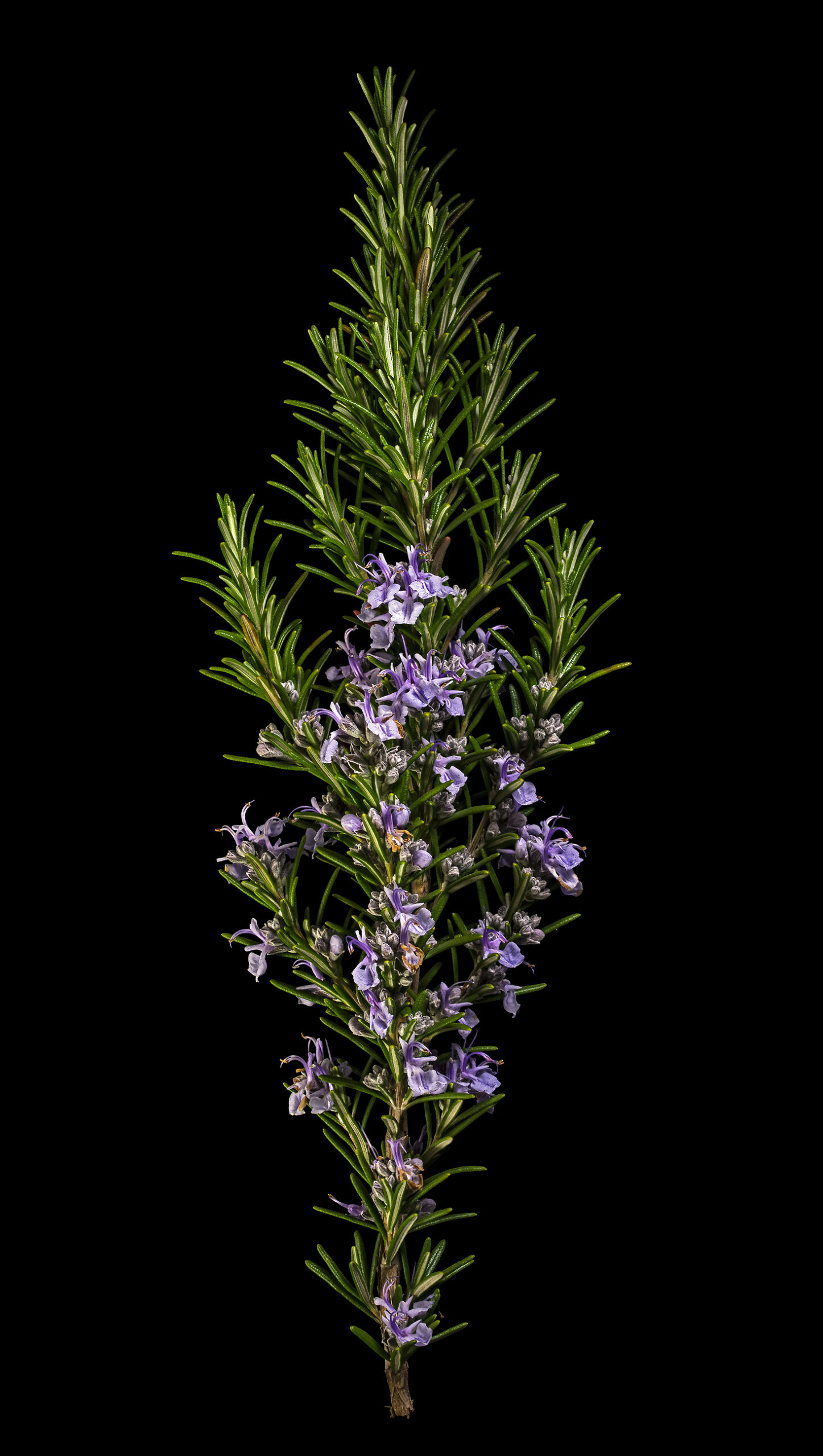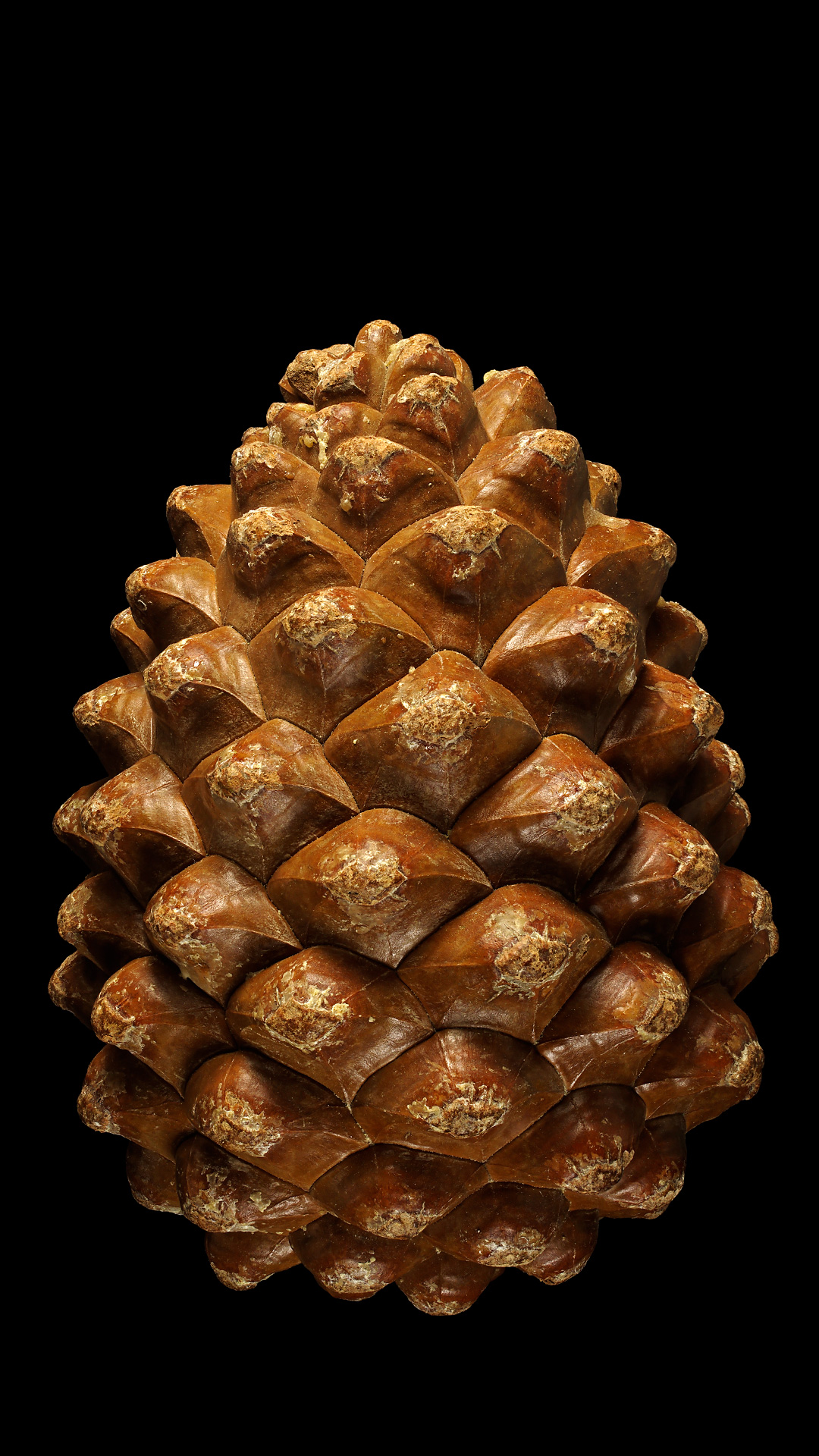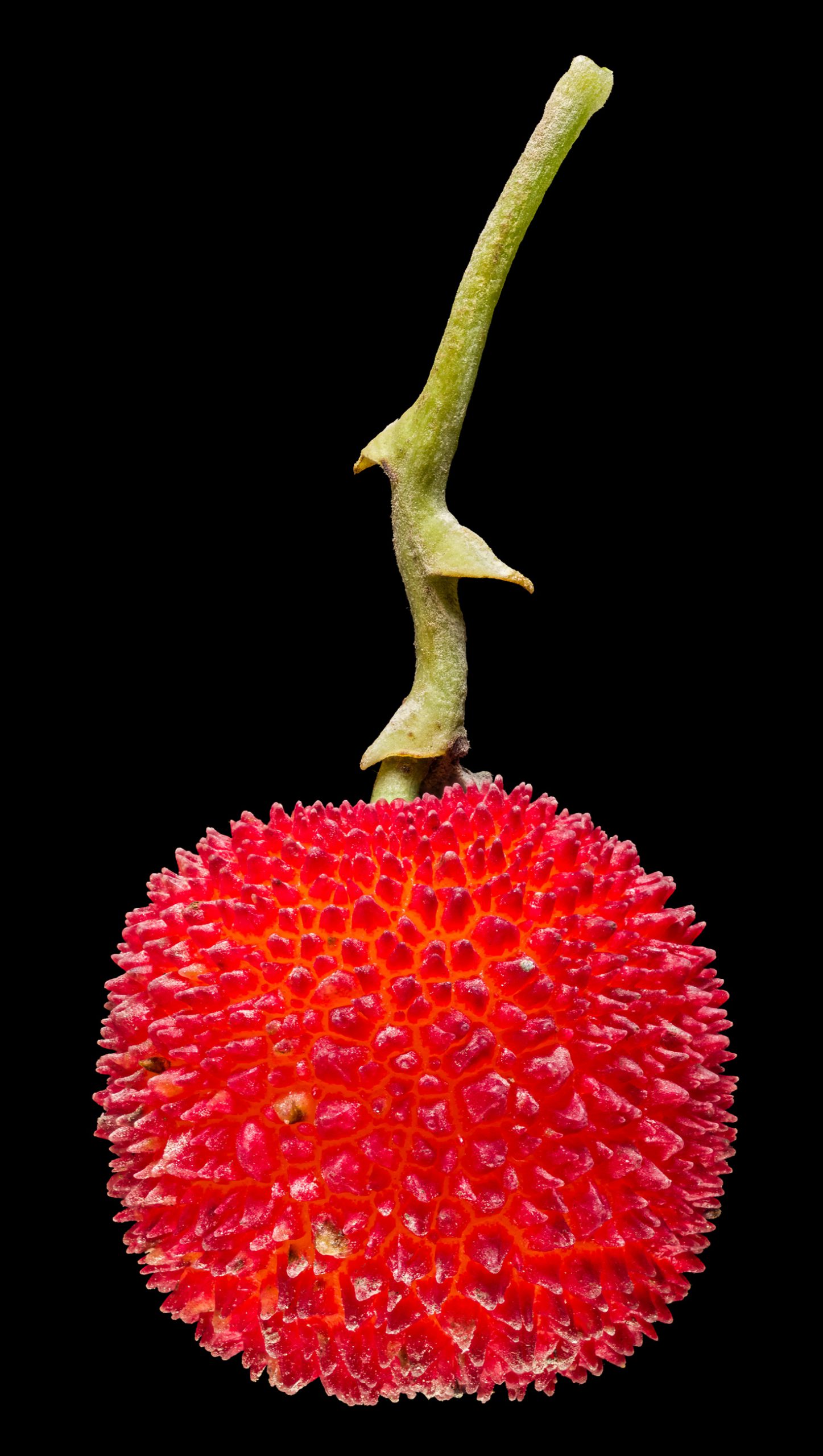Search Results for Mediterraneum
Only the green, knitting needle-like leaves are used. These can be eaten raw or blanched and fried. The leaves remain crisp and taste slightly salty and very aromatic.
The slightly salty tasting leaves and leaf stems can be eaten raw as salad or stewed, cooked as spinach or sautéed.
Fruits and leaves of “Monk’s pepper” work as spices. Especially the hot tasting fruits can be used as a pepper substitute.
The bulbils are only about 5 mm in size and the onion is edible (stems and leaves are too tough) and taste like chives, often the taste is described similar to garlic and can replace it.
Blauwschokker peas are mainly used as dry peas, less often fresh, although they taste sweet as long as they are harvested young and tender and are eaten immediately.
This variety of an oakleaf lettuce stands out for its duckbill-like elongated leaf tips. It has a slightly nutty flavor.
The unique taste compensates for the painstaking production of jelly and compote.
This wild vegetable, which tastes like a mixture of celery, carrot green and parsley, is particularly popular as an ingredient for green smoothies. The tender leaves also refine salads or stews and spinach.
Like most wild forms, also those of rye are not particularly productive and are rarely or no longer cultivated today in contrast to the cultivated forms.
Dispite the striking strawberry-like fruits, the strawberry goosefoot is a leafy vegetable.
The green walnut is the unripe walnut fruit (J. regia) harvested before St John’s Day on 24 June which is processed into a delicacy.
The slightly salty tasting leaves and stems can be eaten raw as salad or cooked, e.g. as spinach or sautéed.
The finely chopped leaves of borage even taste good in fruit salad or can be made into a kind of spinach.
This strange bitter orange variety stands out for its furrowed skin, but is consumable like most other bitter orange varieties.
Wild oat is edible and can be valuable in times of need as a famine food.
The Pear lemon is a Lumia cultivar and therefore a hybrid of Pomelo, Lemon and Citron.
Saffron, the “red gold”, is a spice extracted from the flowers of the saffron crocus.
The fruit is very thick-skinned and also resembles the size of a citron.
The perettone citron is certainly one of the ornamental varieties among the citrus plants, but the fruits should be candied or made into jam.
Parsley is used as a fresh, aromatic kitchen herb, added to savory cold dishes or stews and sauces just before the end of cooking.
Blackthorn fruits are made into jam, jelly and compote.
he tuber cellar is a classic, spicy ingredient in stews and soups with a characteristic aroma.
Eat the young leaves and the unopened flowers, which can also be used as a substitute for capers.
In Italy, it is best roasted and spiced with Epazote.
The small black seeds in the capules can be used as spices, they taste like a mixture of nutmeg and woodruff.
The list of preparation options for eating chestnuts is long…
The whole herb, including the deep purple flowers, can be eaten raw as a salad or cooked as leaf vegetables.
Although the seeds of the hairy love grass produced in panicles are only about 0,5-0.8 mm in size, they are used as cereals.
Pomegranate juice is obtained from these fruits, which is then processed into pomegranate wine and grenadine.
The fruits will probably only turn beautiful red when exposed to sufficient cold, otherwise they can remain yellow and look like ordinary lemons.
Green santolina is at home in Mediterranean cuisine. It can be used fresh in salads or marinades for seasoning and develops a slightly resinous aroma.
Cornelian cherries taste sweet, but also quite astringent when picked and eaten fresh from trees or hedges.
The leaves of the meadow sage are used like the common sage, but they are milder.
The milk thistle is extremely thorny, but culinarily it is like a small artichoke: The base of the bud is edible.
In addition to the flower buds of milk thistle, which are comparable to artichokes in culinary way, the large, wavy leaves with numerous thorns are also edible.
In contrast to many other cereals, oats do not need to be peeled, only dehulled. Oats are always a wholemeal product and therefore rich in vitamins, minerals and fibres.
The kohlrabi stem can be eaten raw and cooked, for example diced and steamed or boiled.
The fruits of the Florentine citron are hanging on the branches like an upside down pear.
All parts of meadow clover are edible, and a flour made from the ground leaves tastes of vanilla.
The texture and taste of the tubers are reminiscent of ripe coconuts.
Rosemary is an important kitchen herb and spice. It is a component of the herb mixture “Herbs de Provence”.
Pine nuts are usually roasted briefly in a pan and added as a seasoning ingredient to rice dishes, pesto and stewed leafy vegetables. They are also used to make sweets.
The berry tastes sweet, hardly sour and has no characteristic aroma.
The crushed leaves of oregano should not be missing on any pizza and give many other dishes of Italian cuisine an unmistakable aroma.



